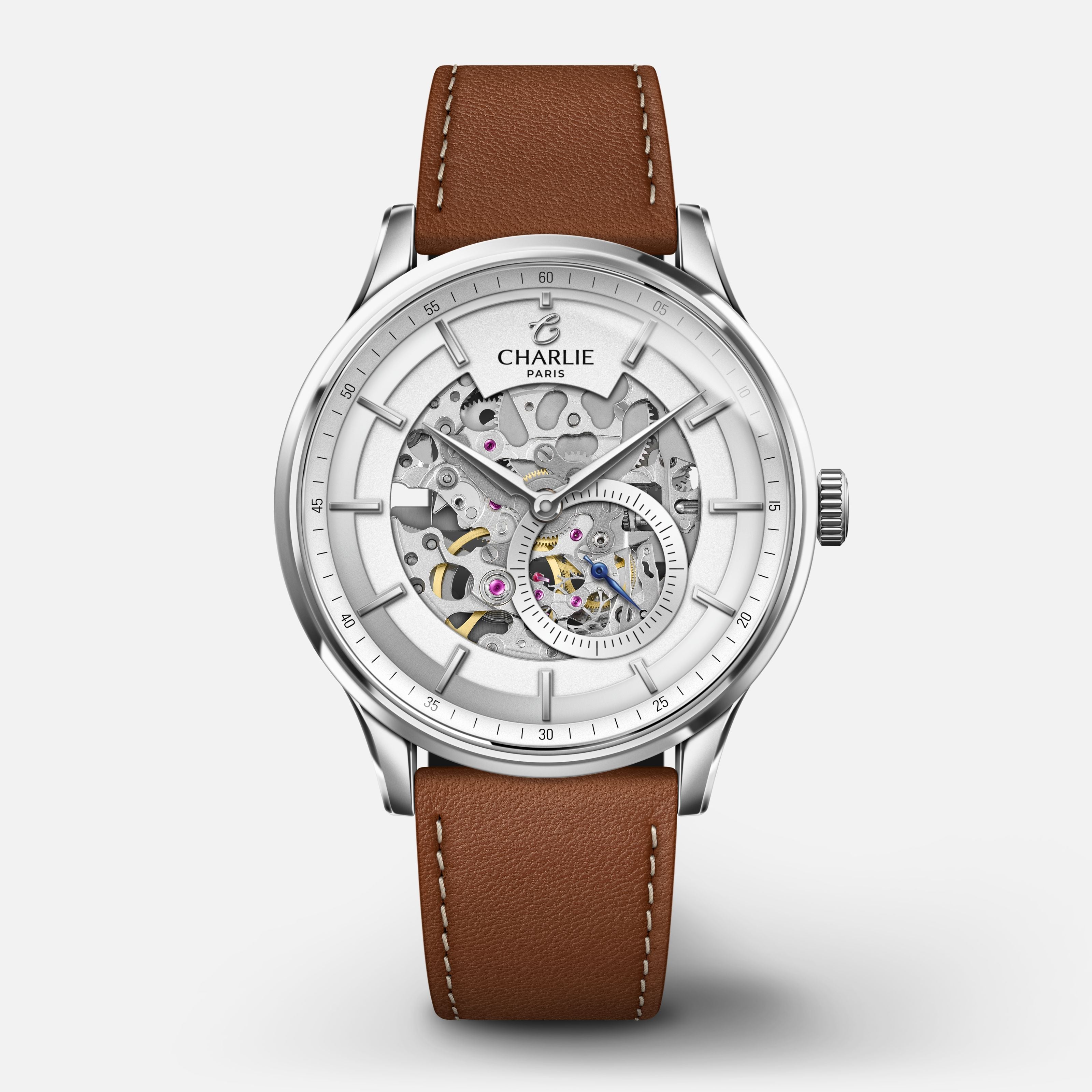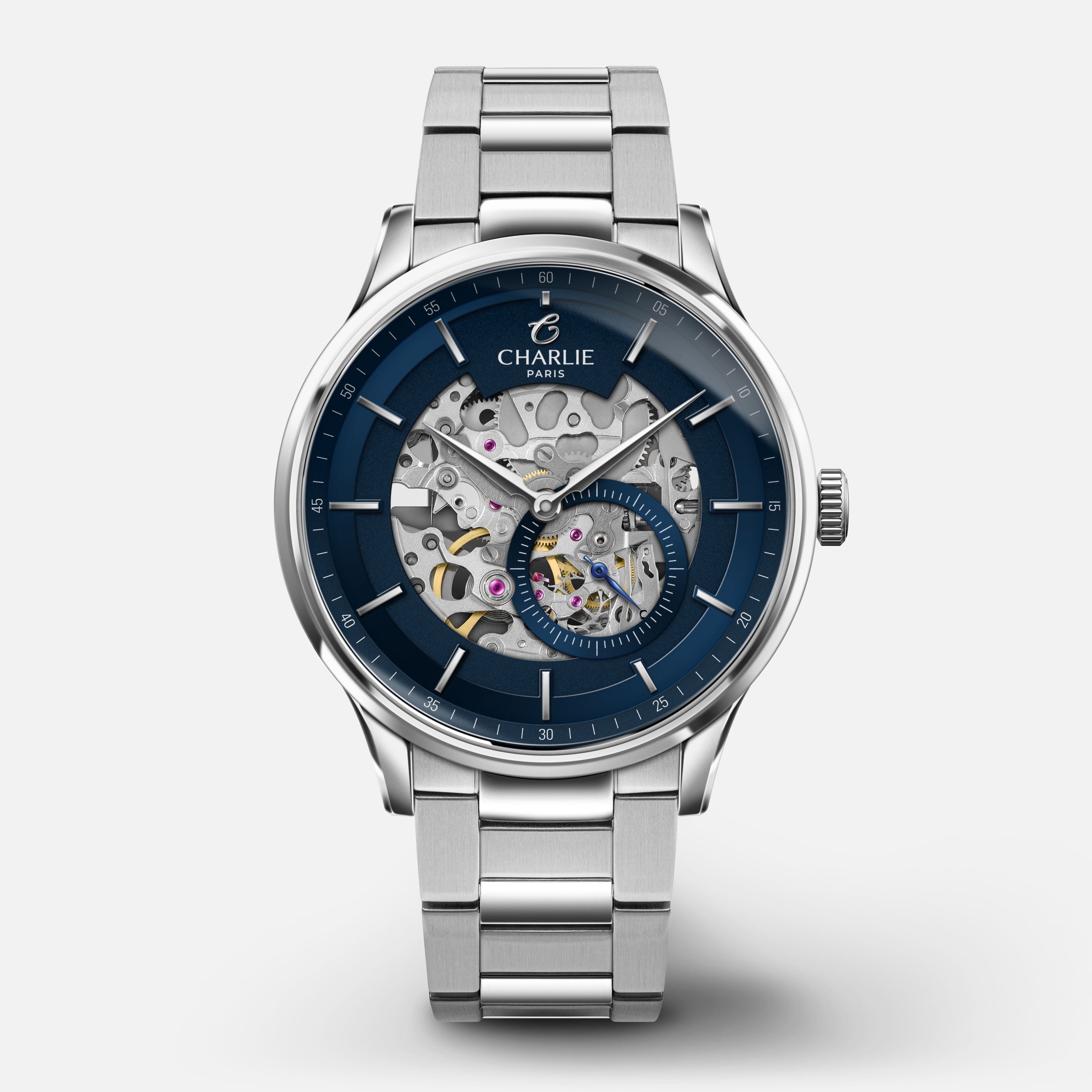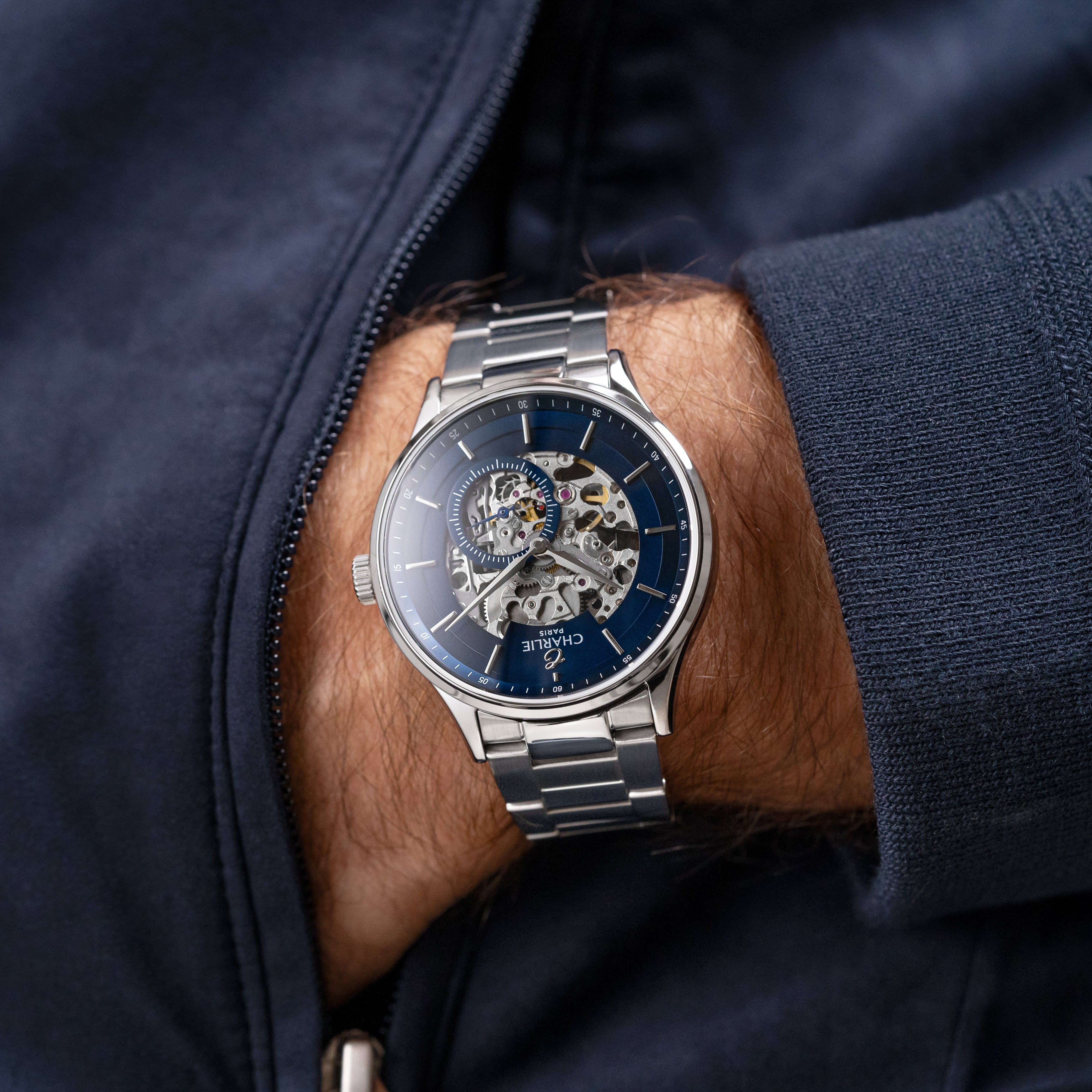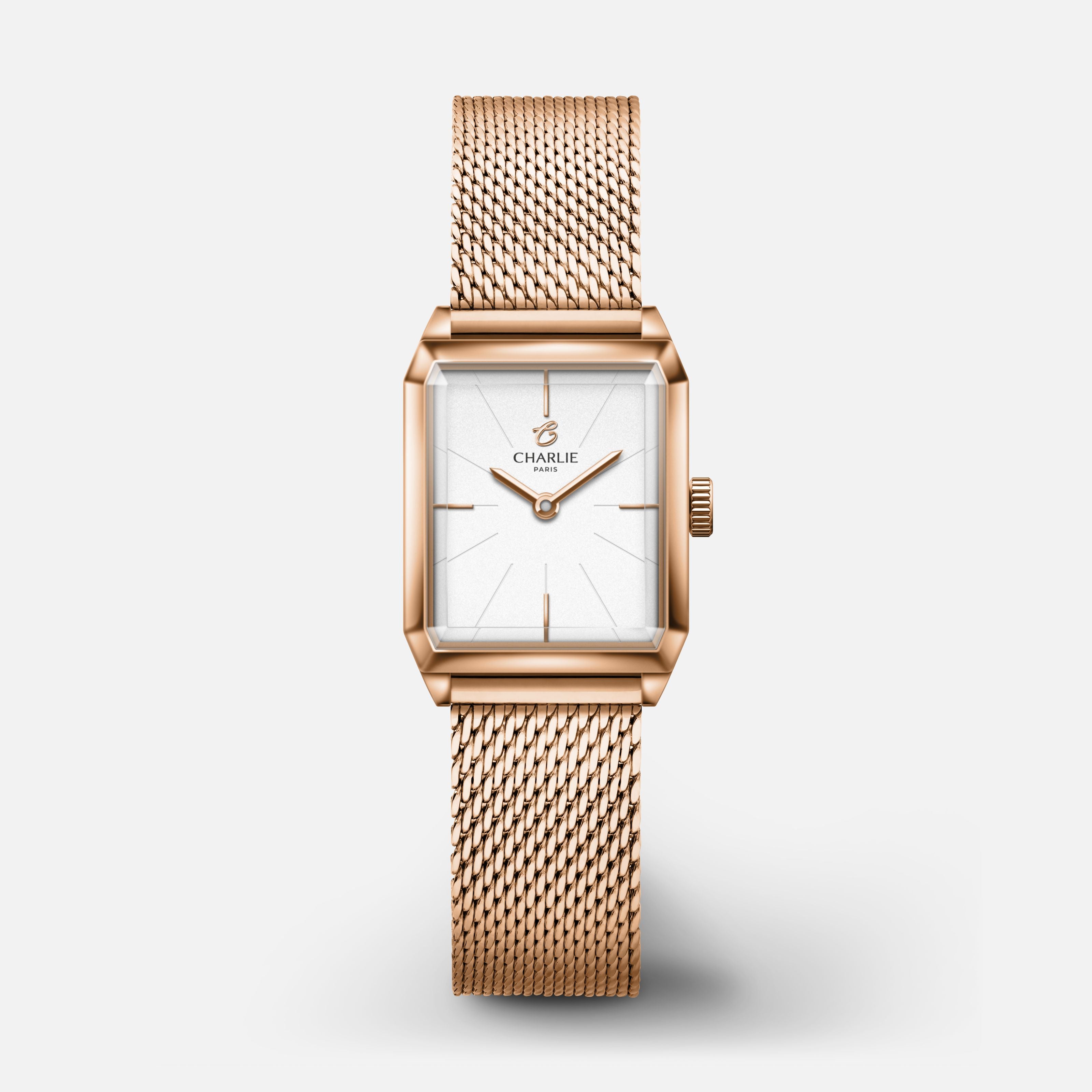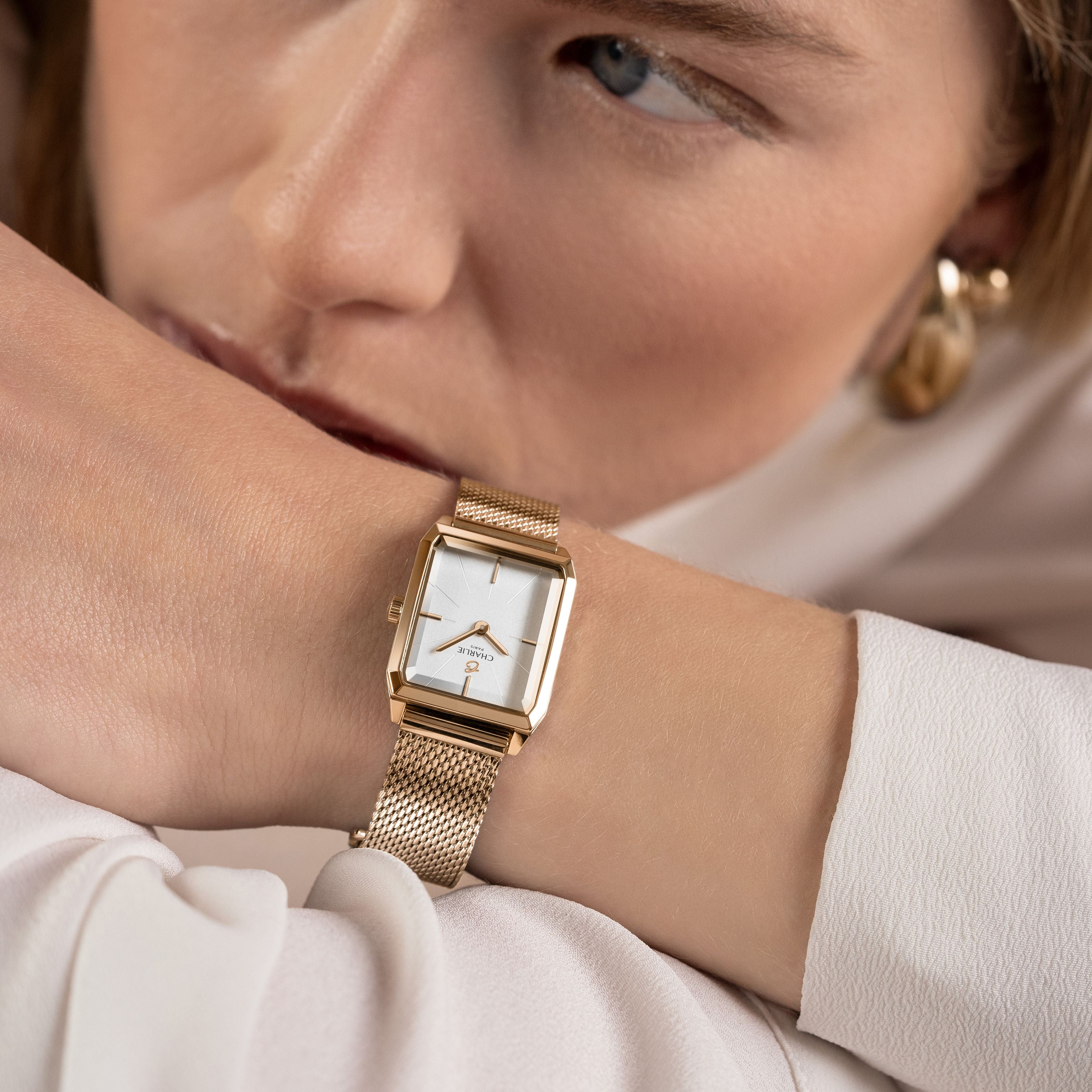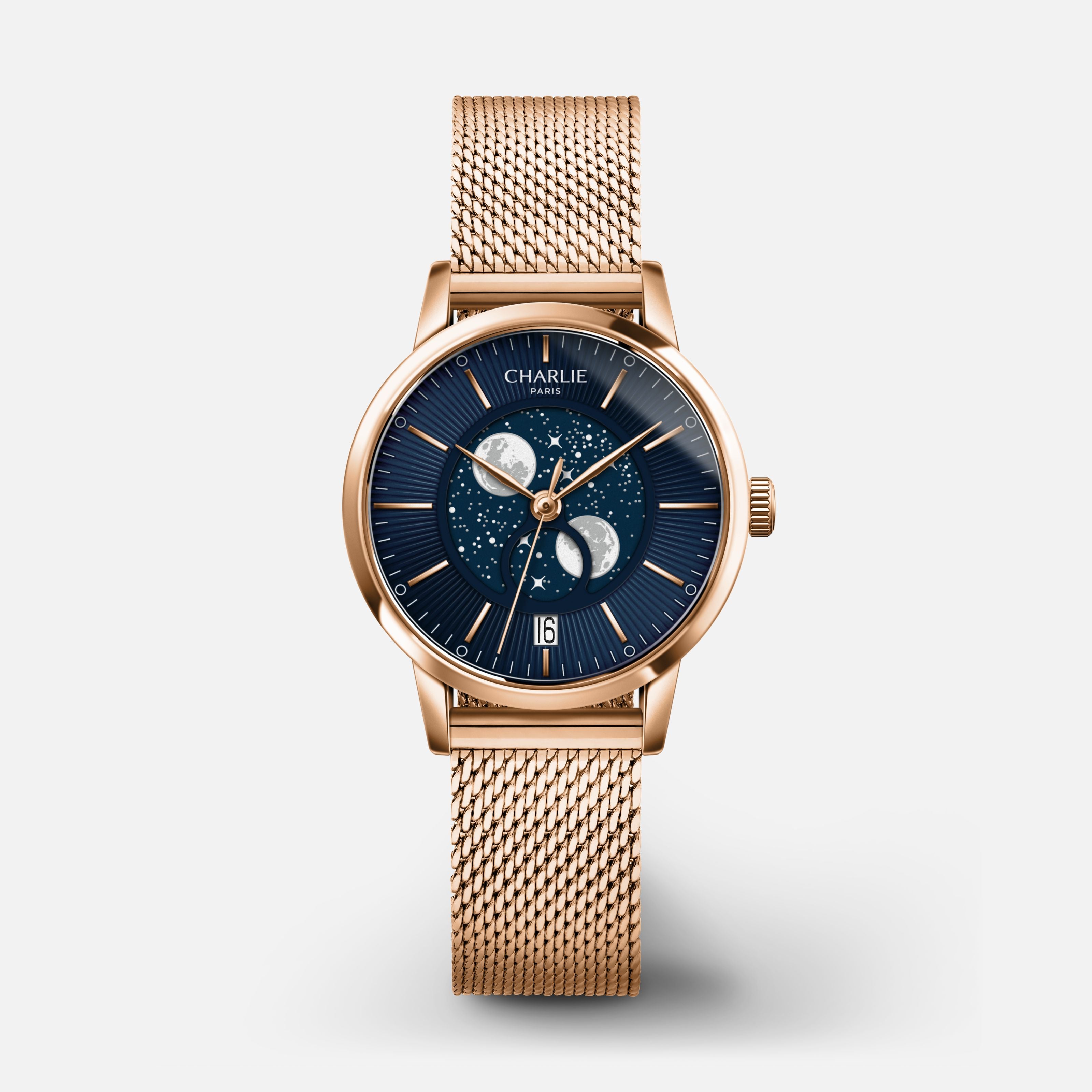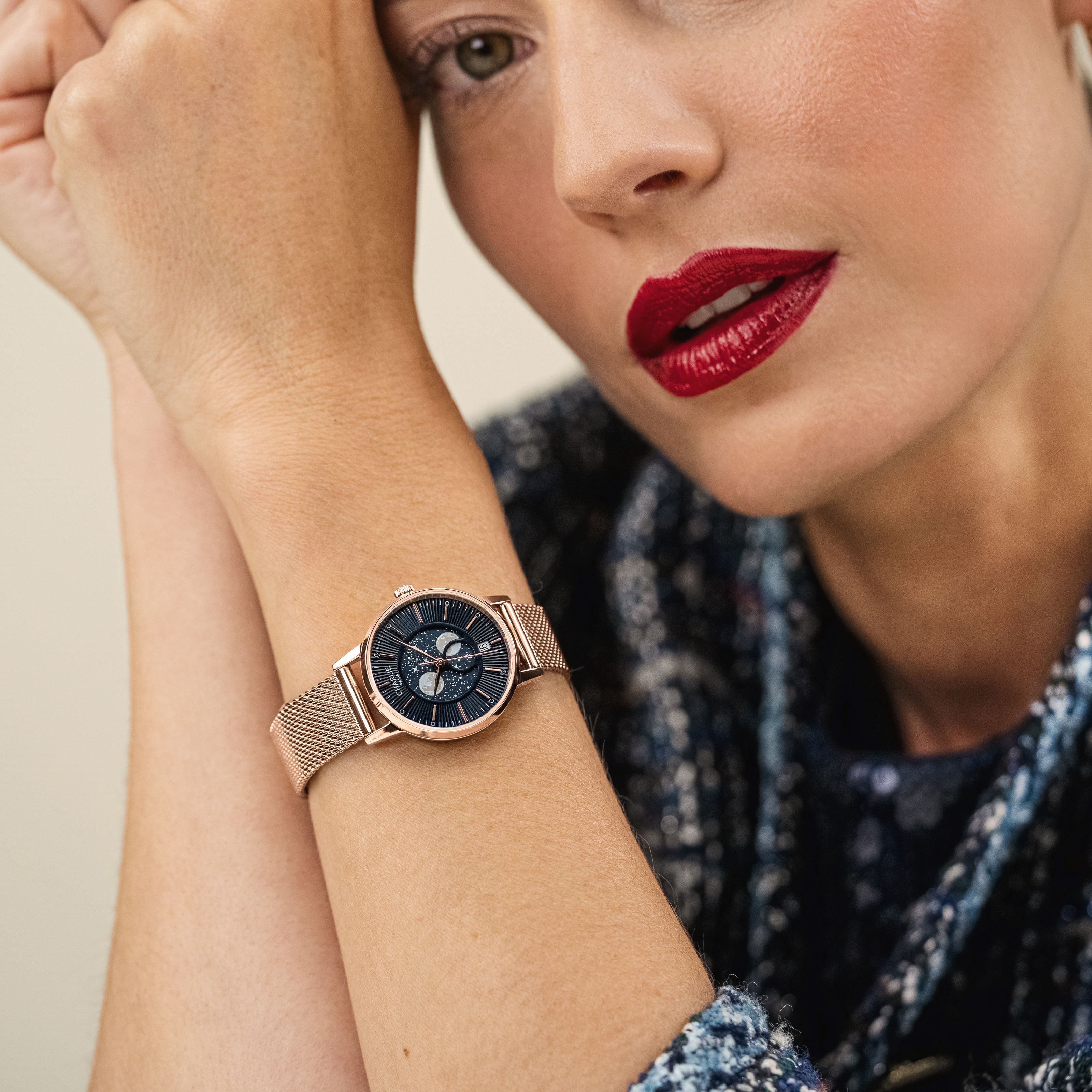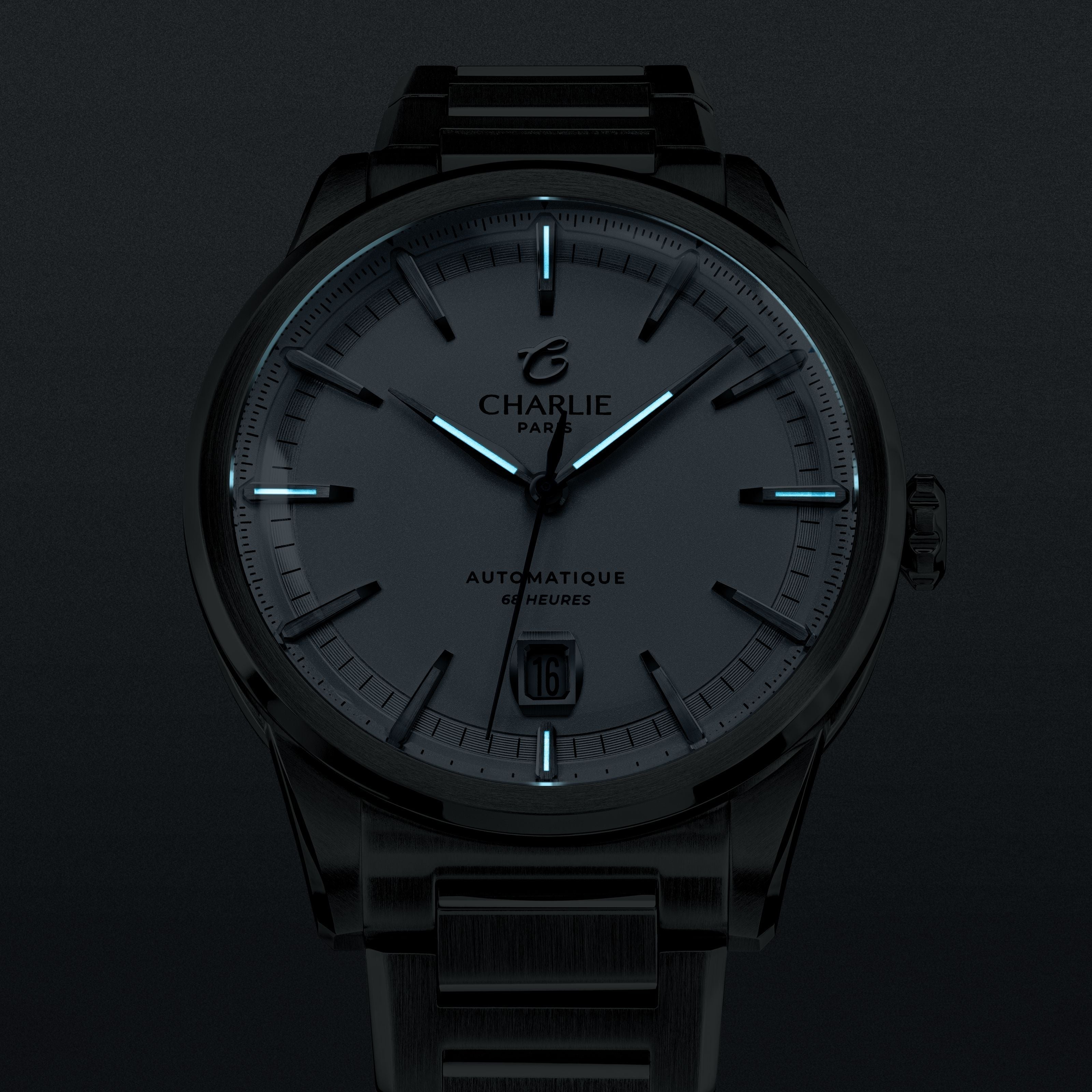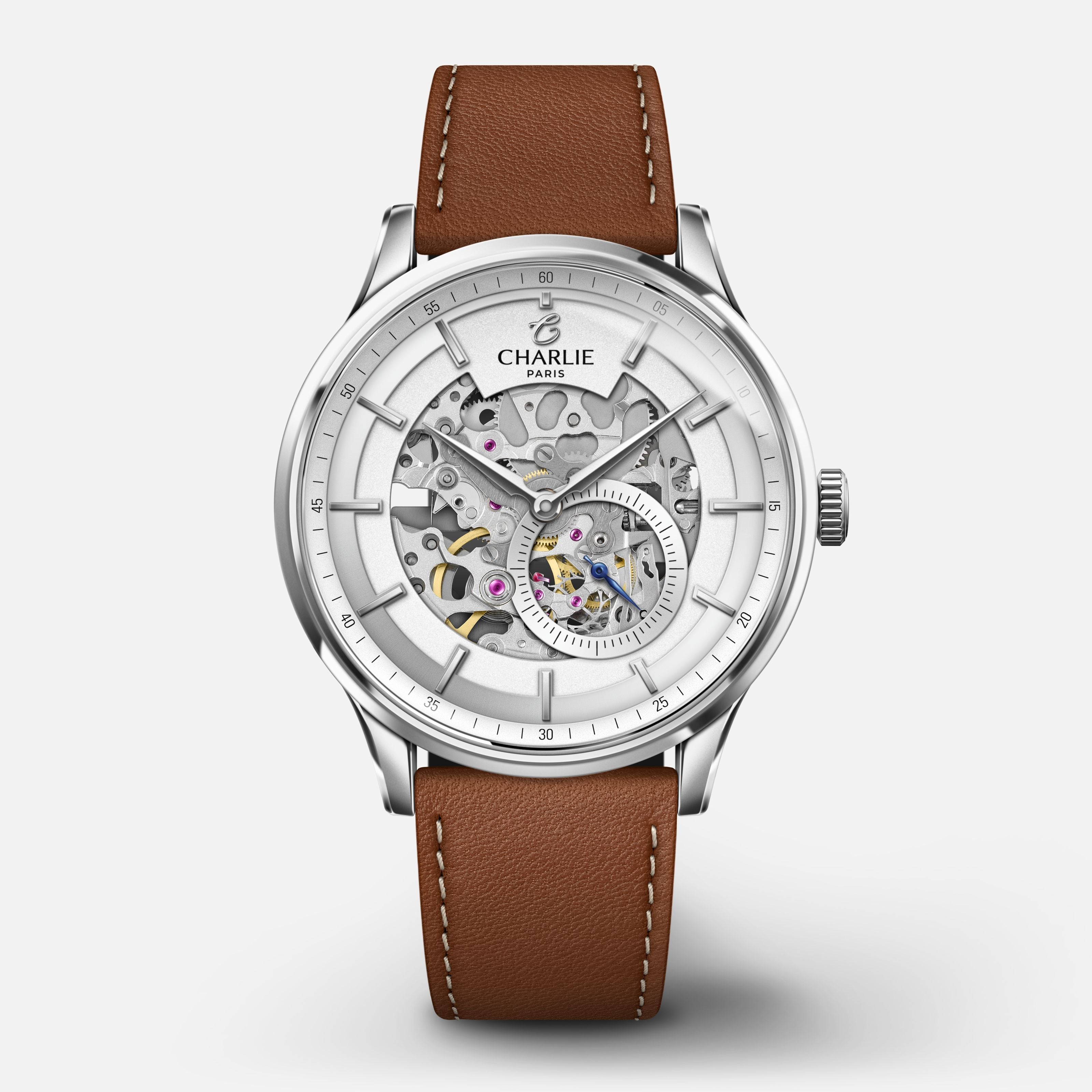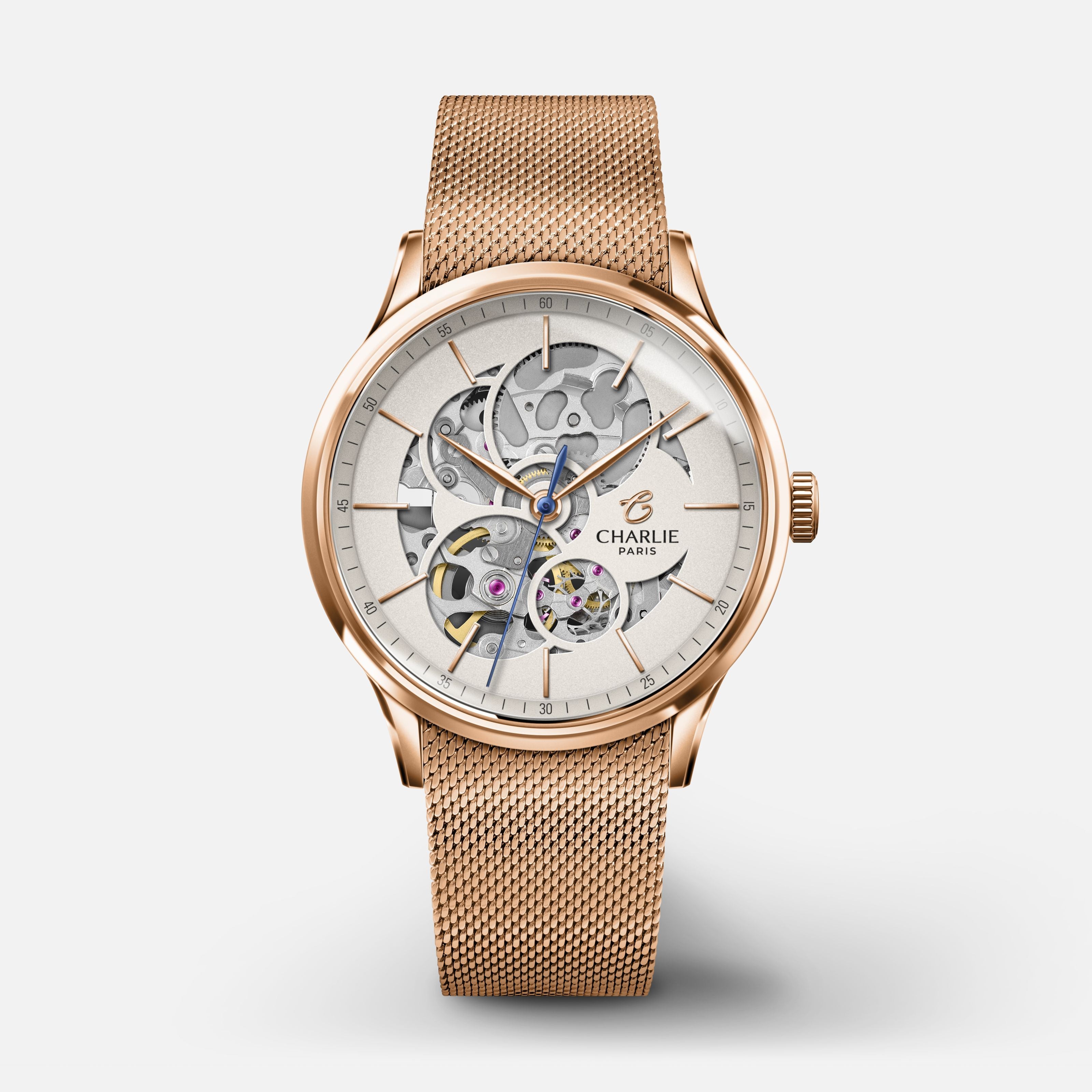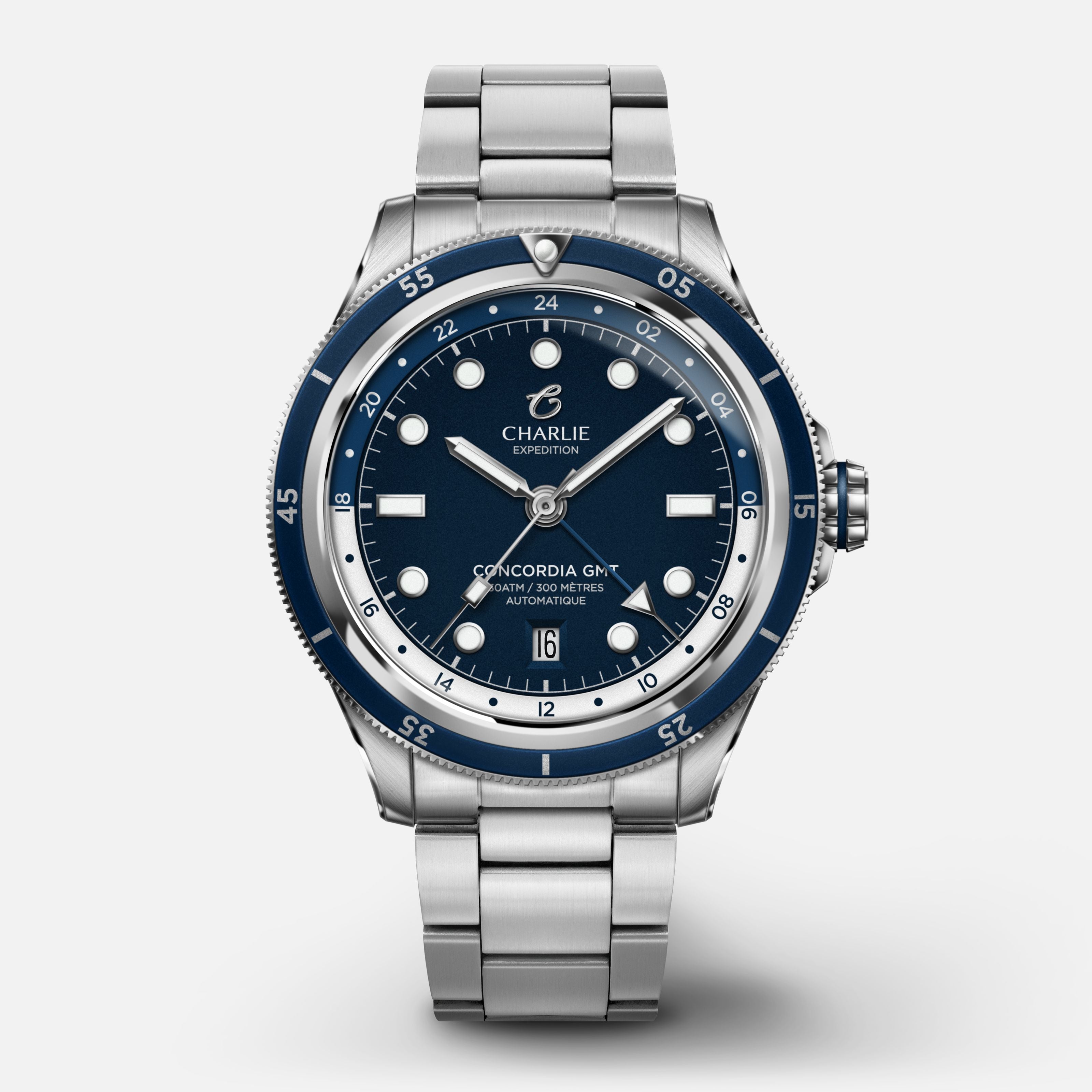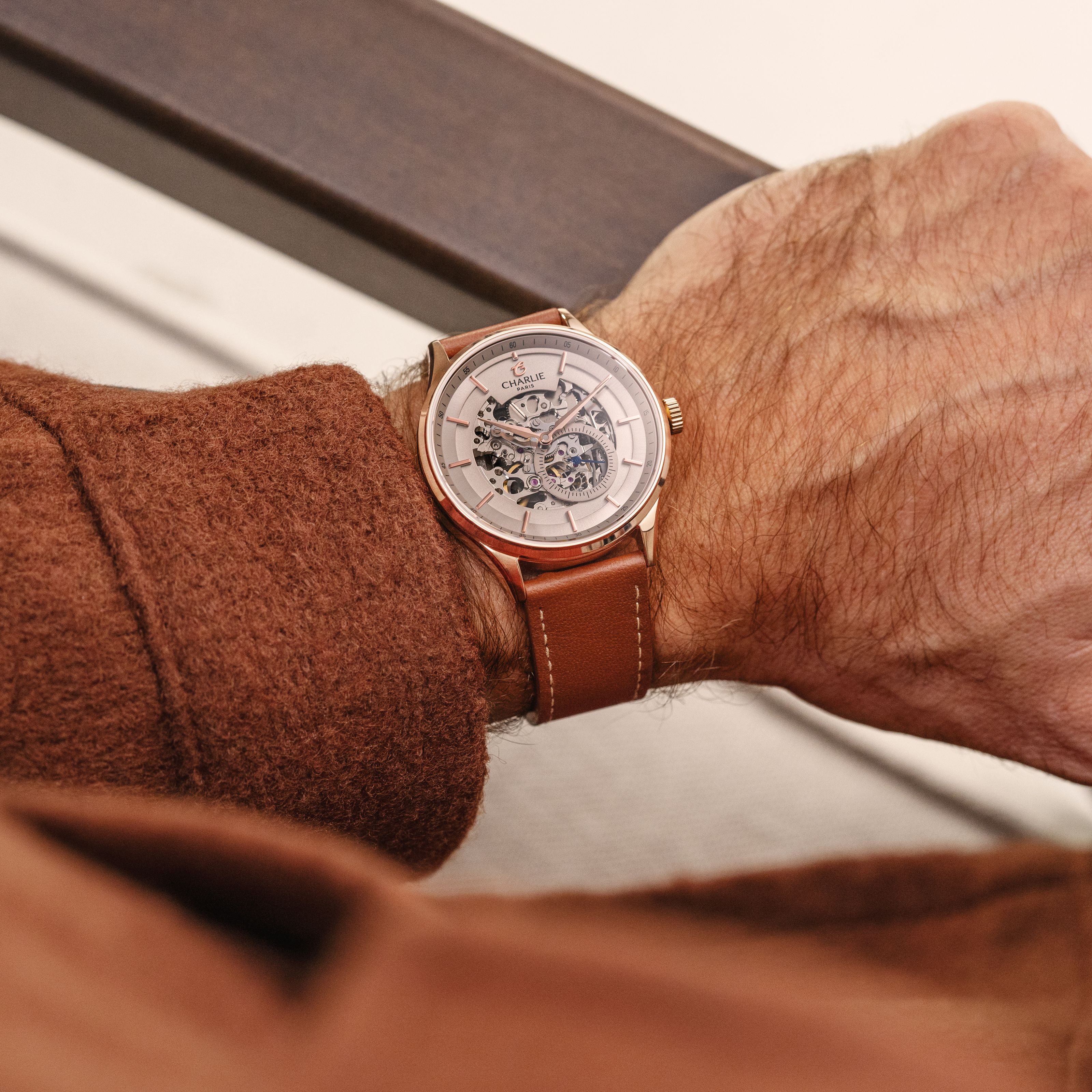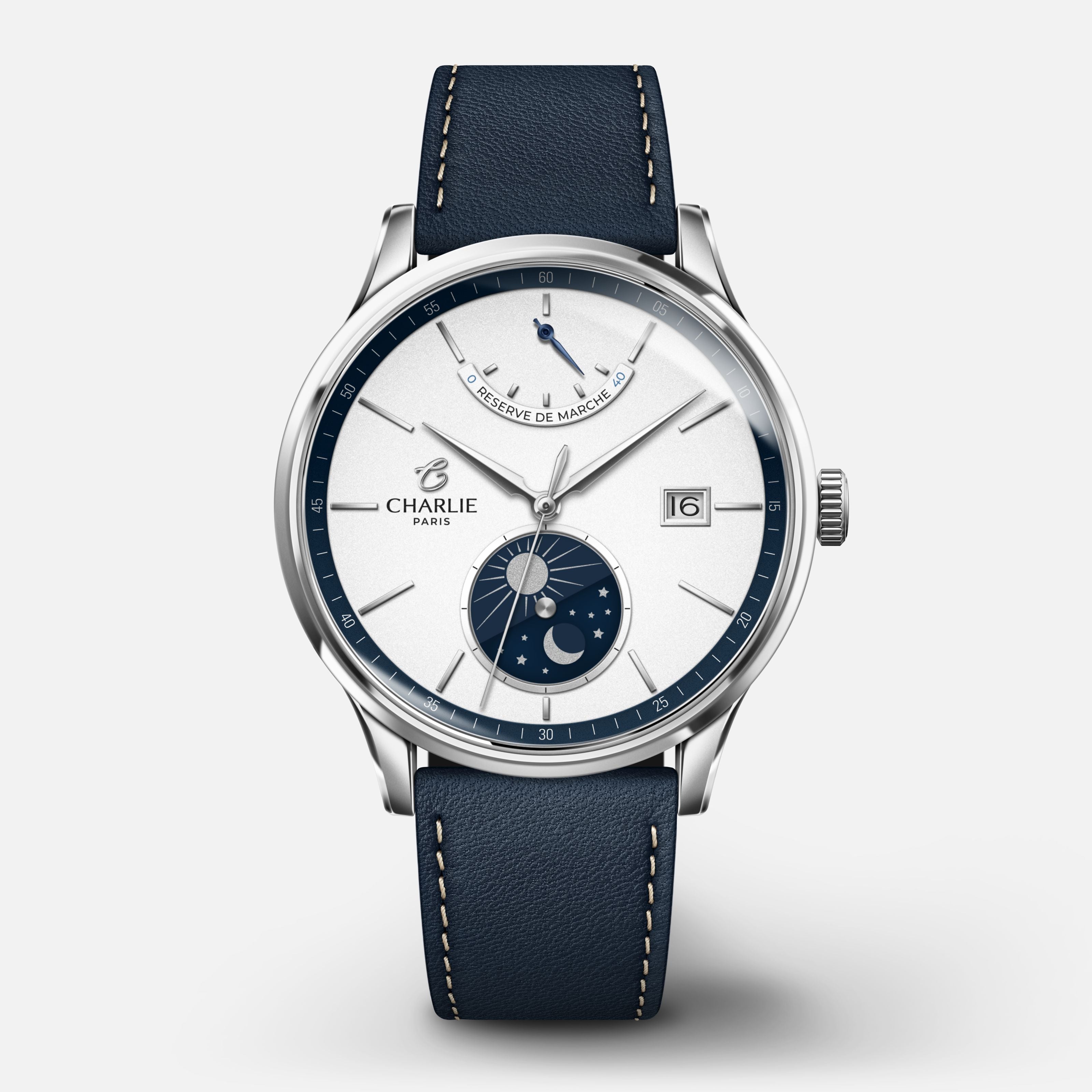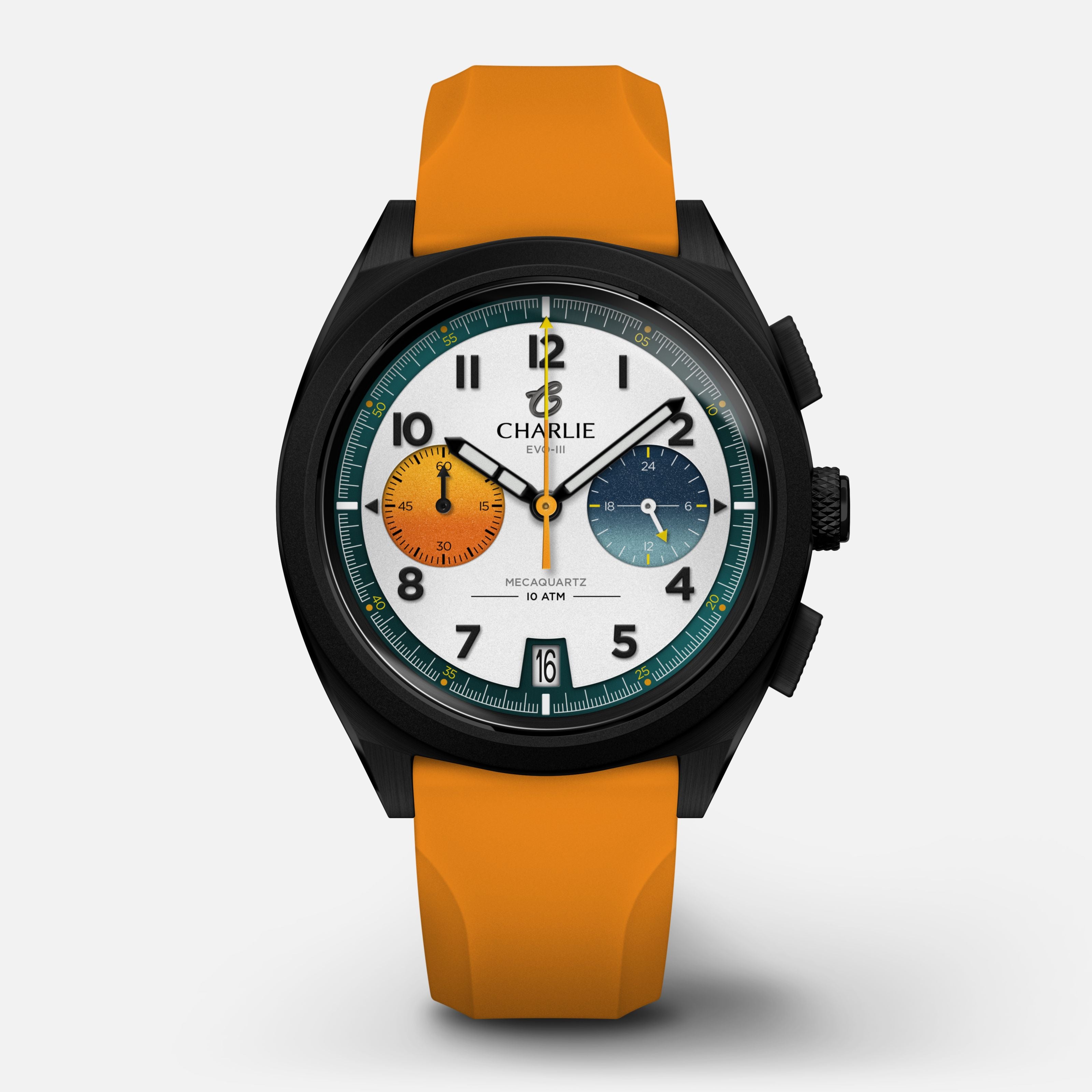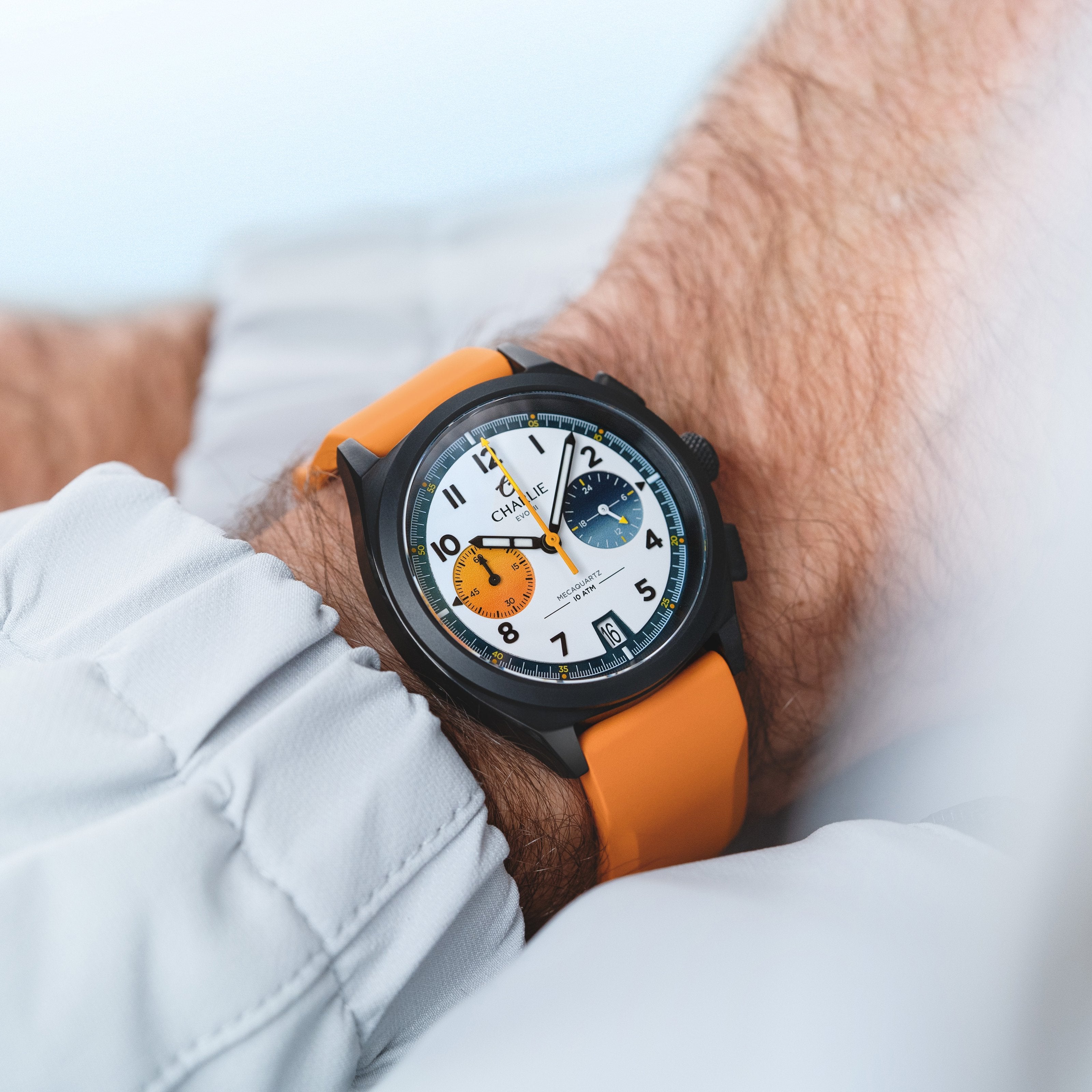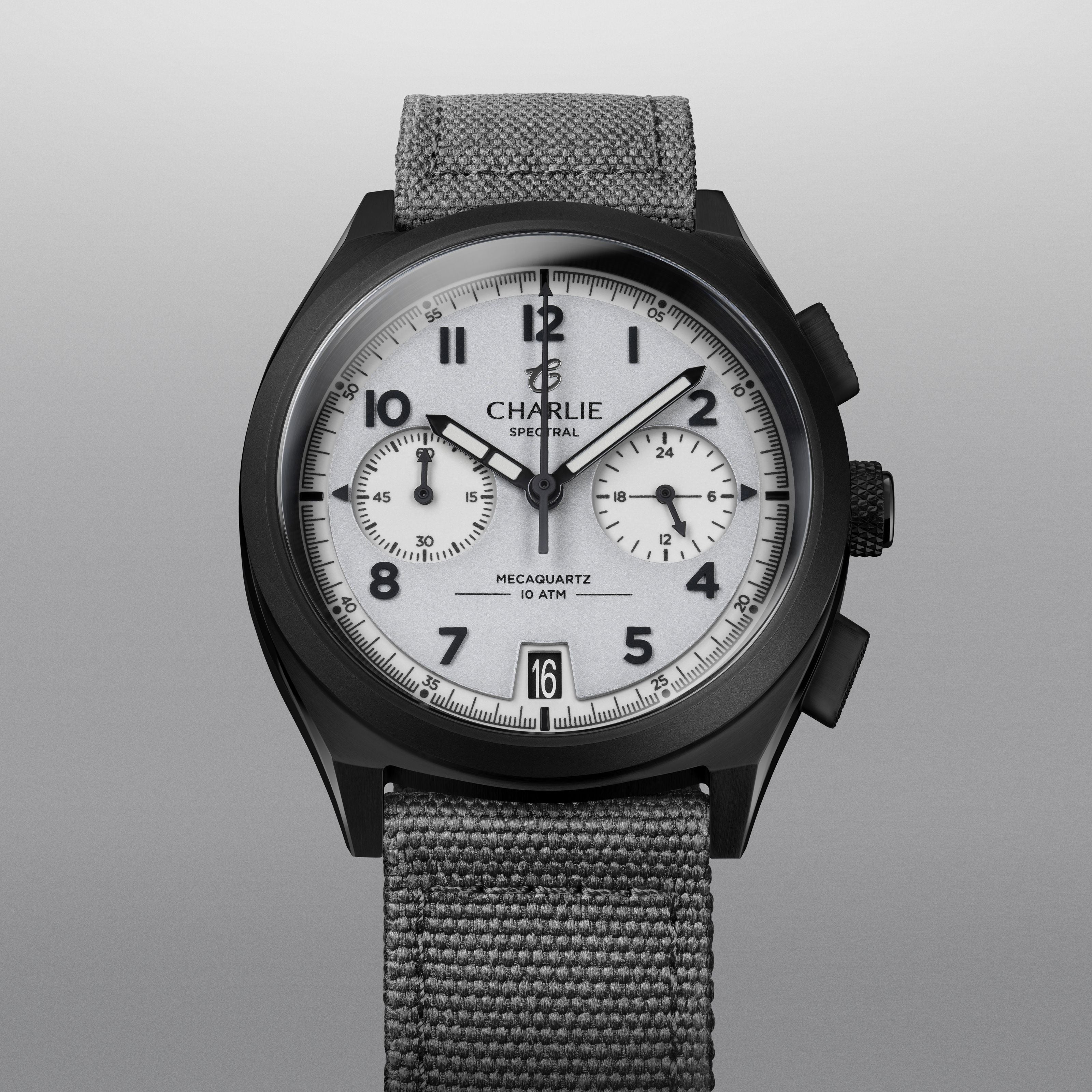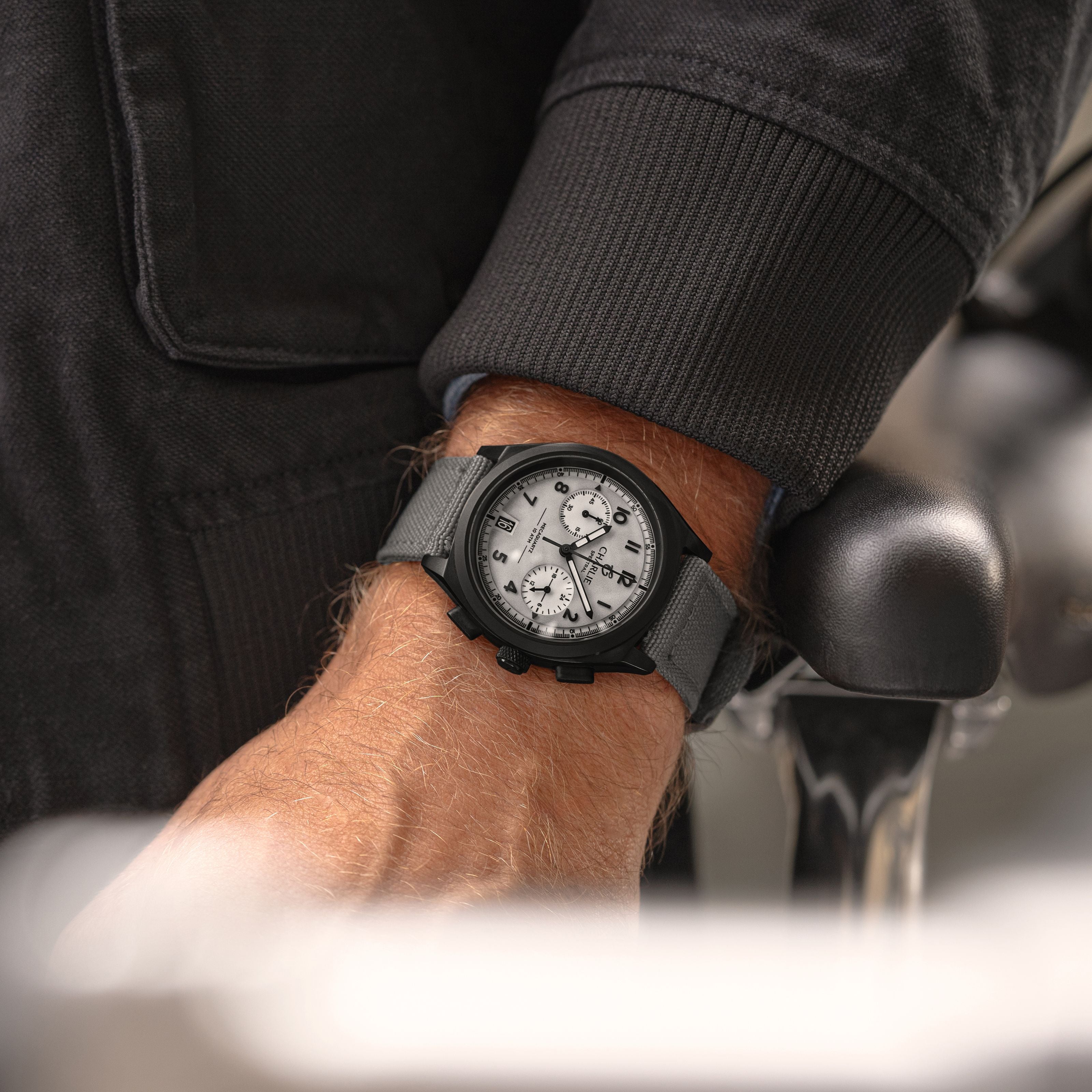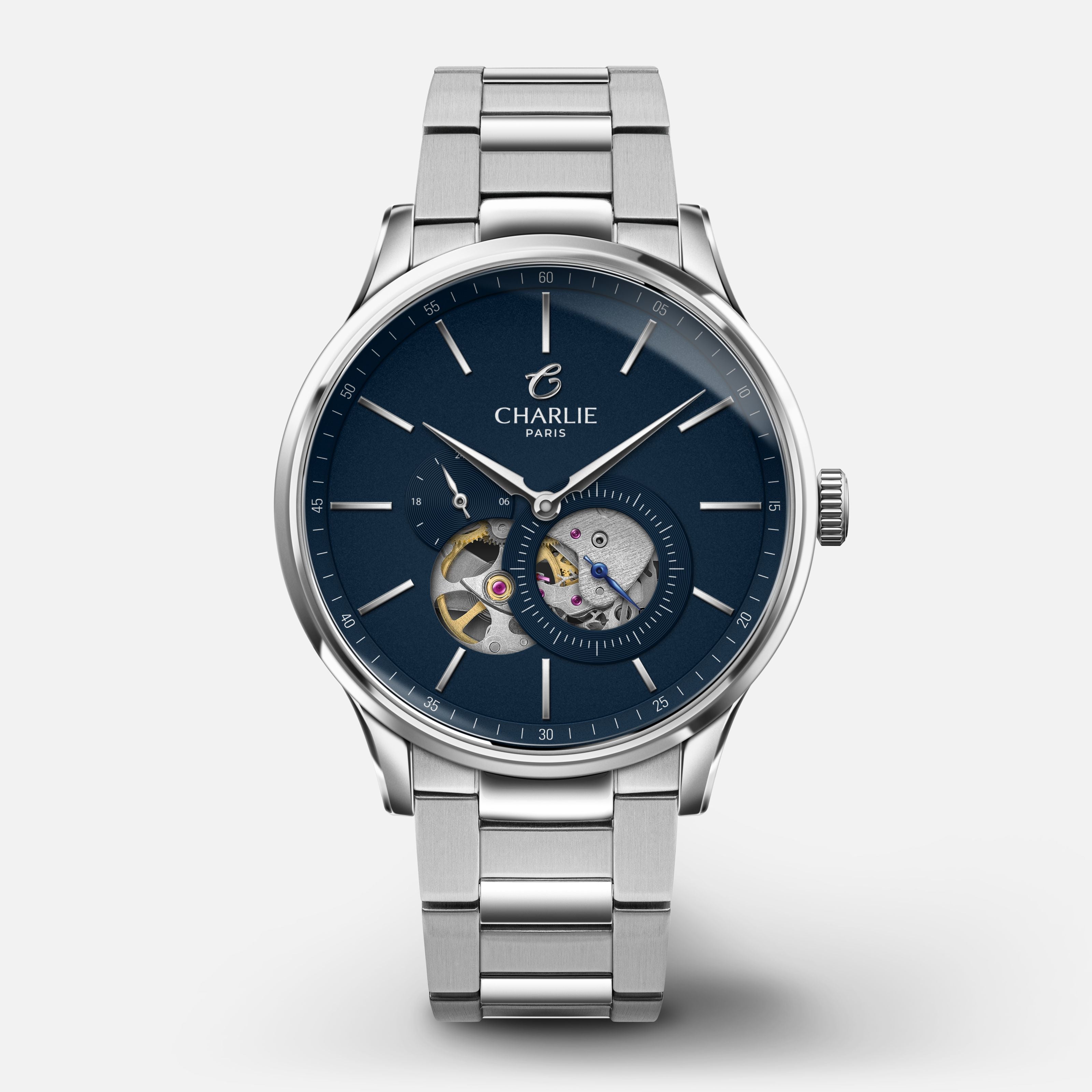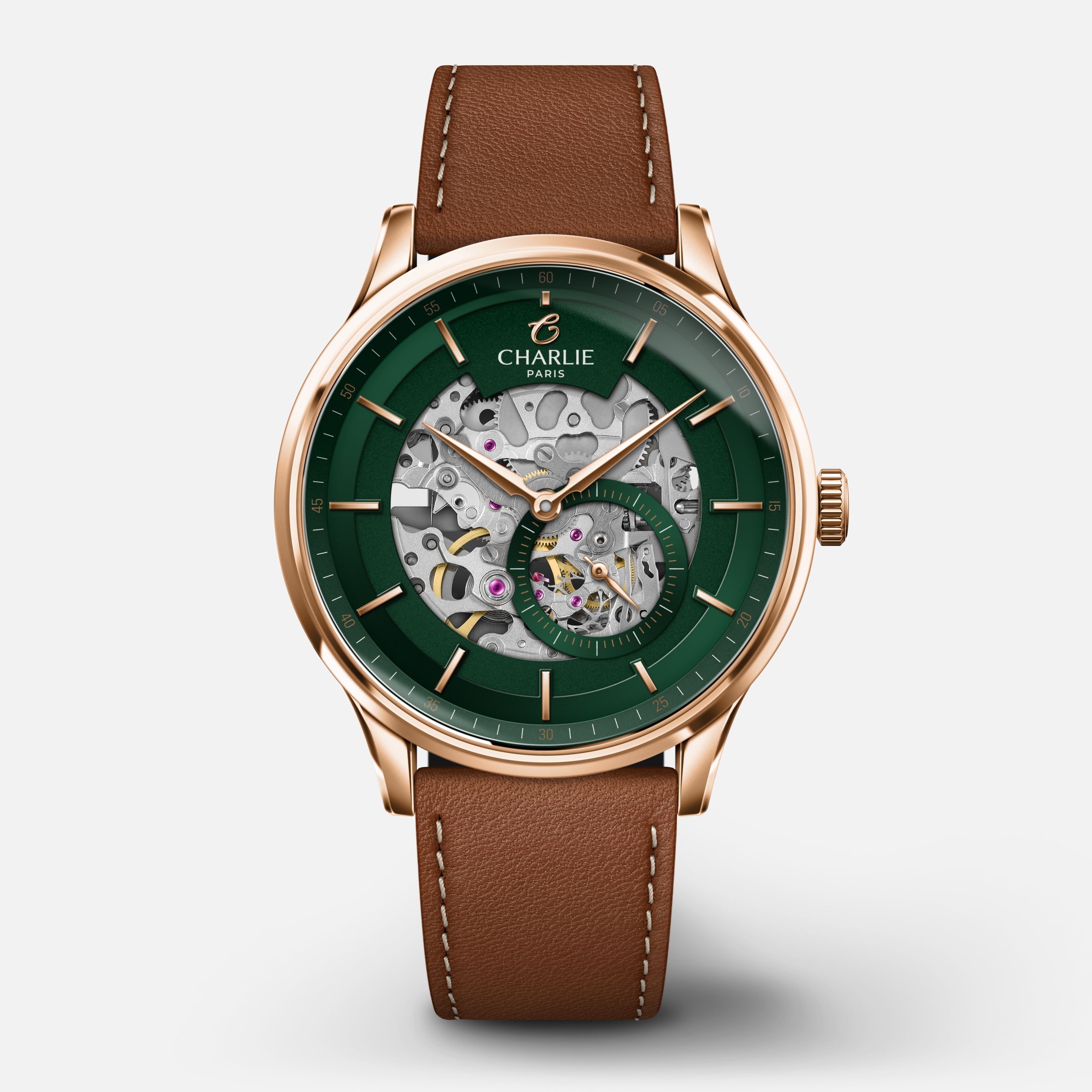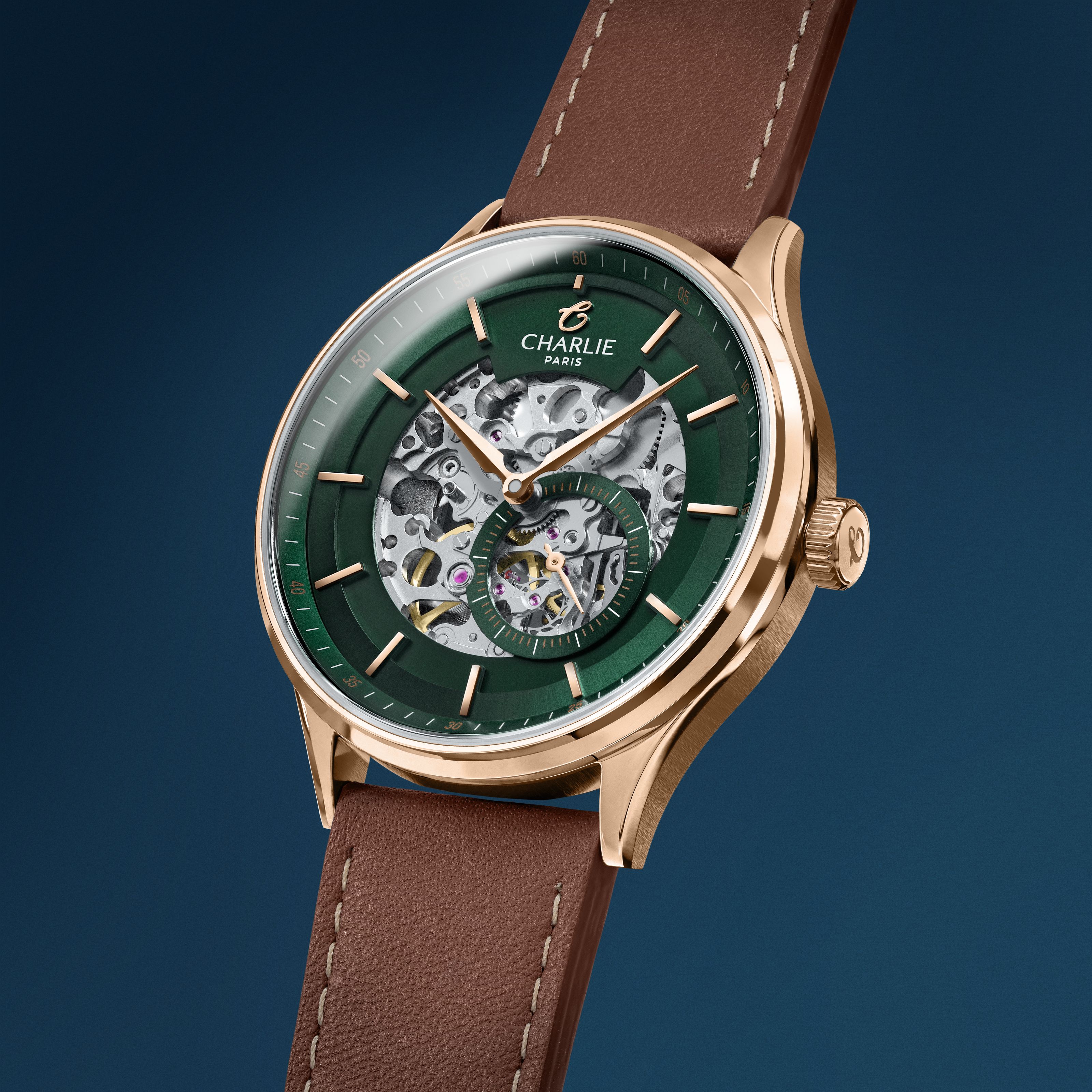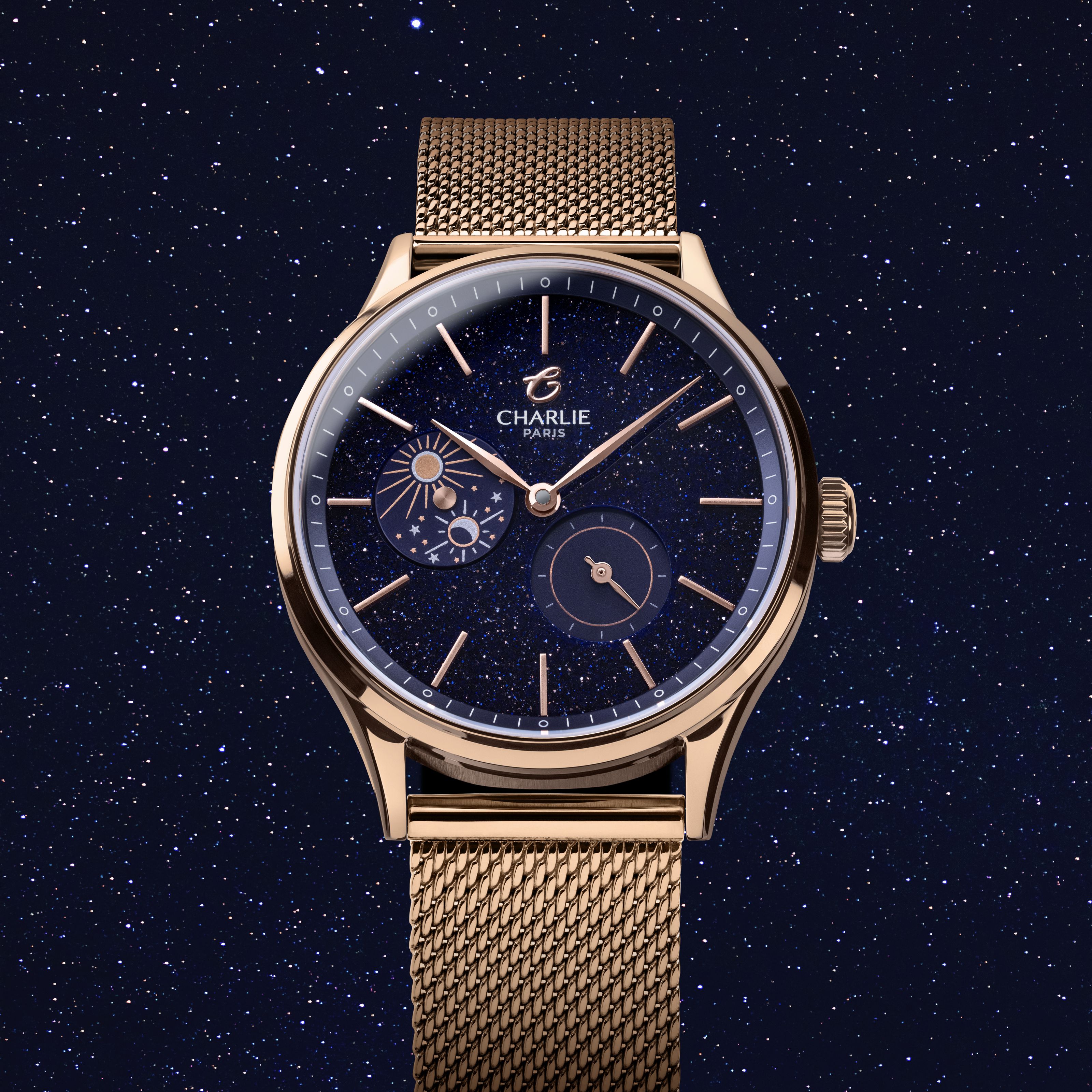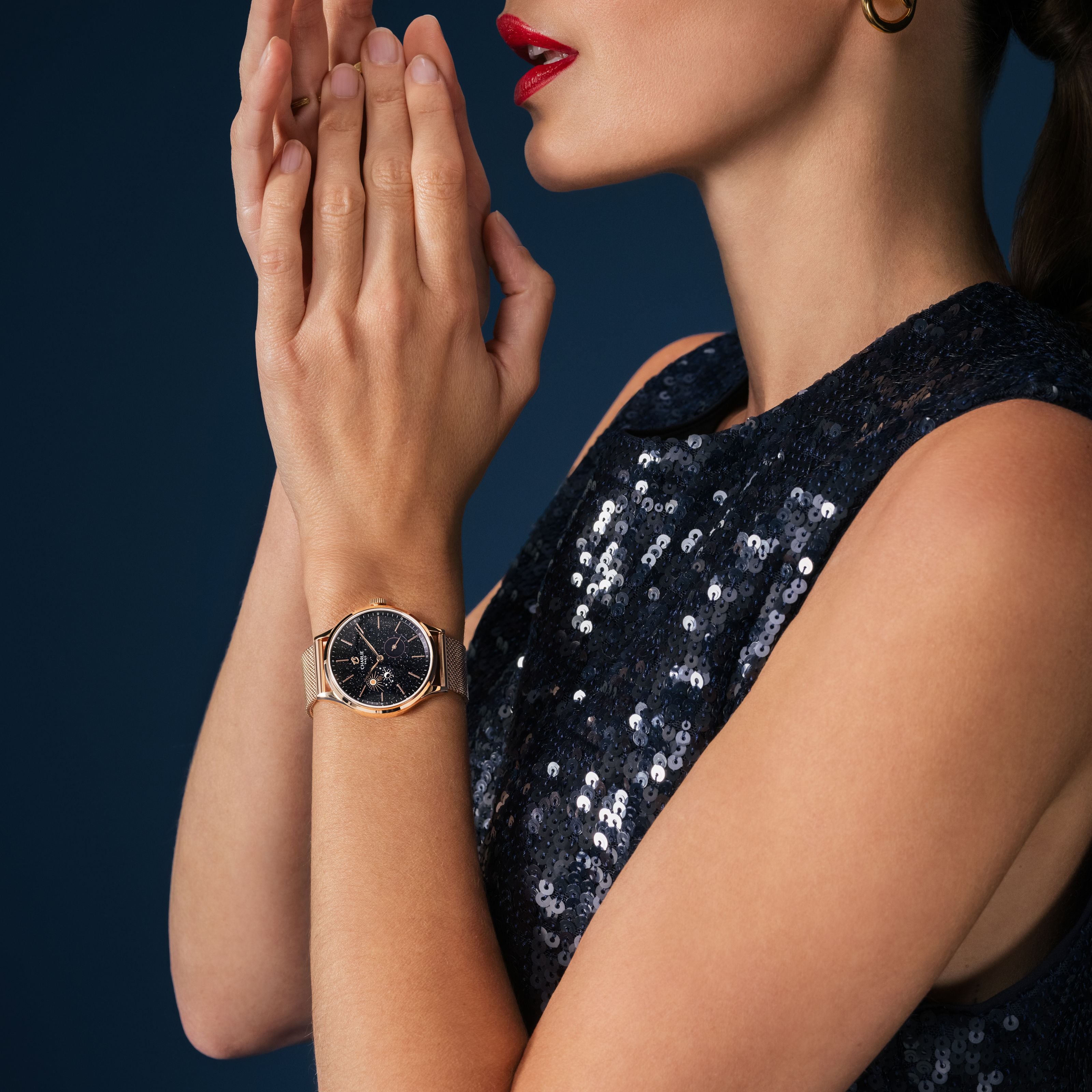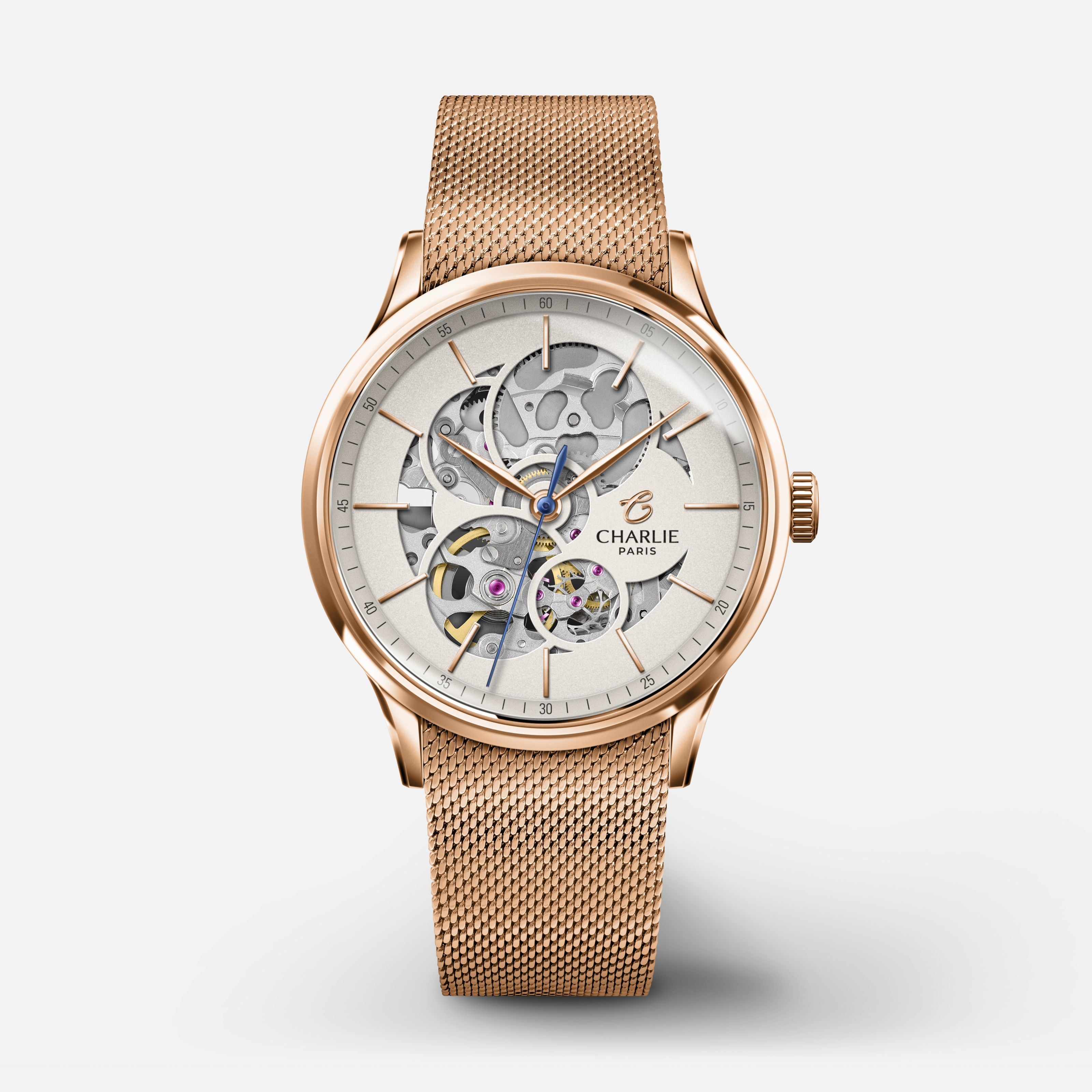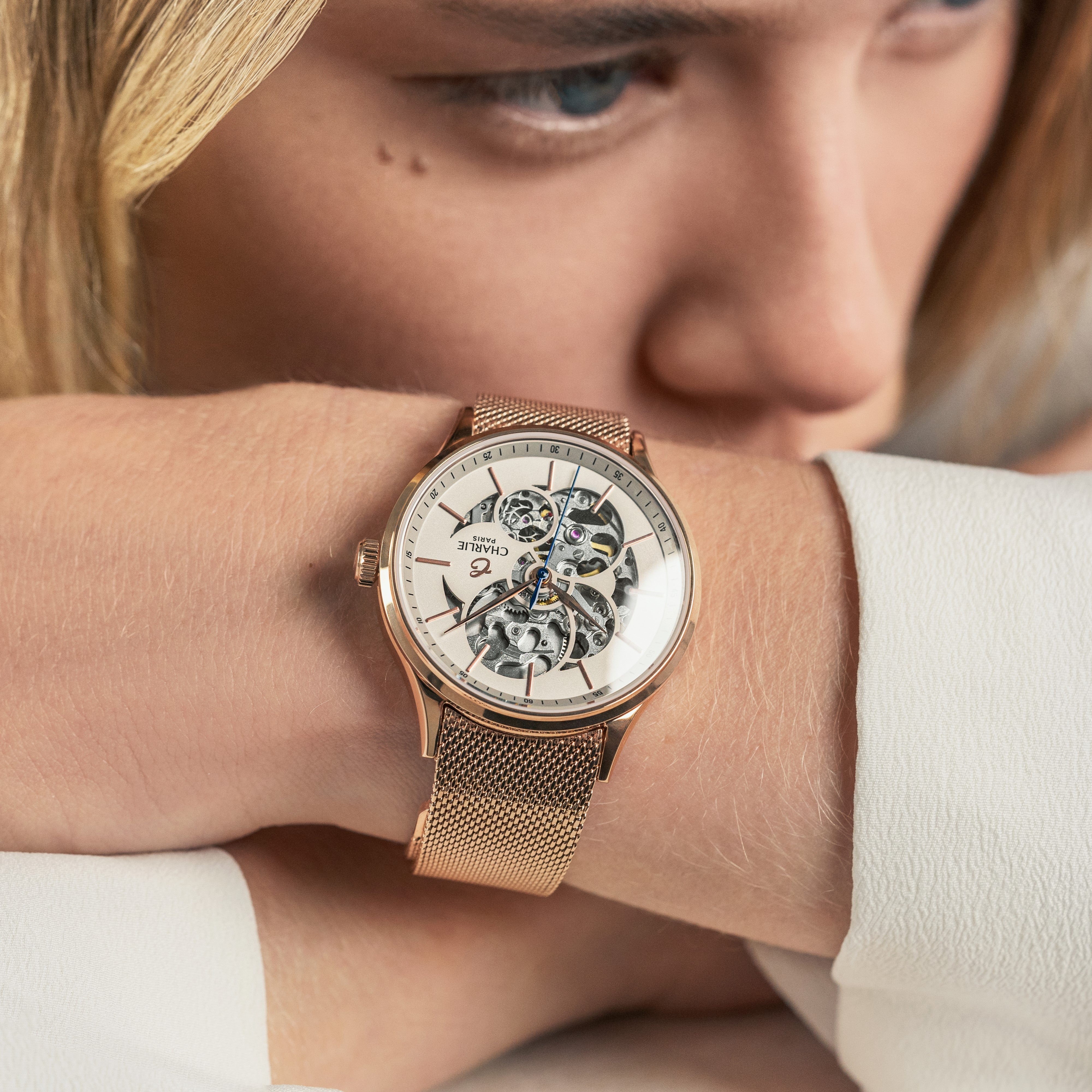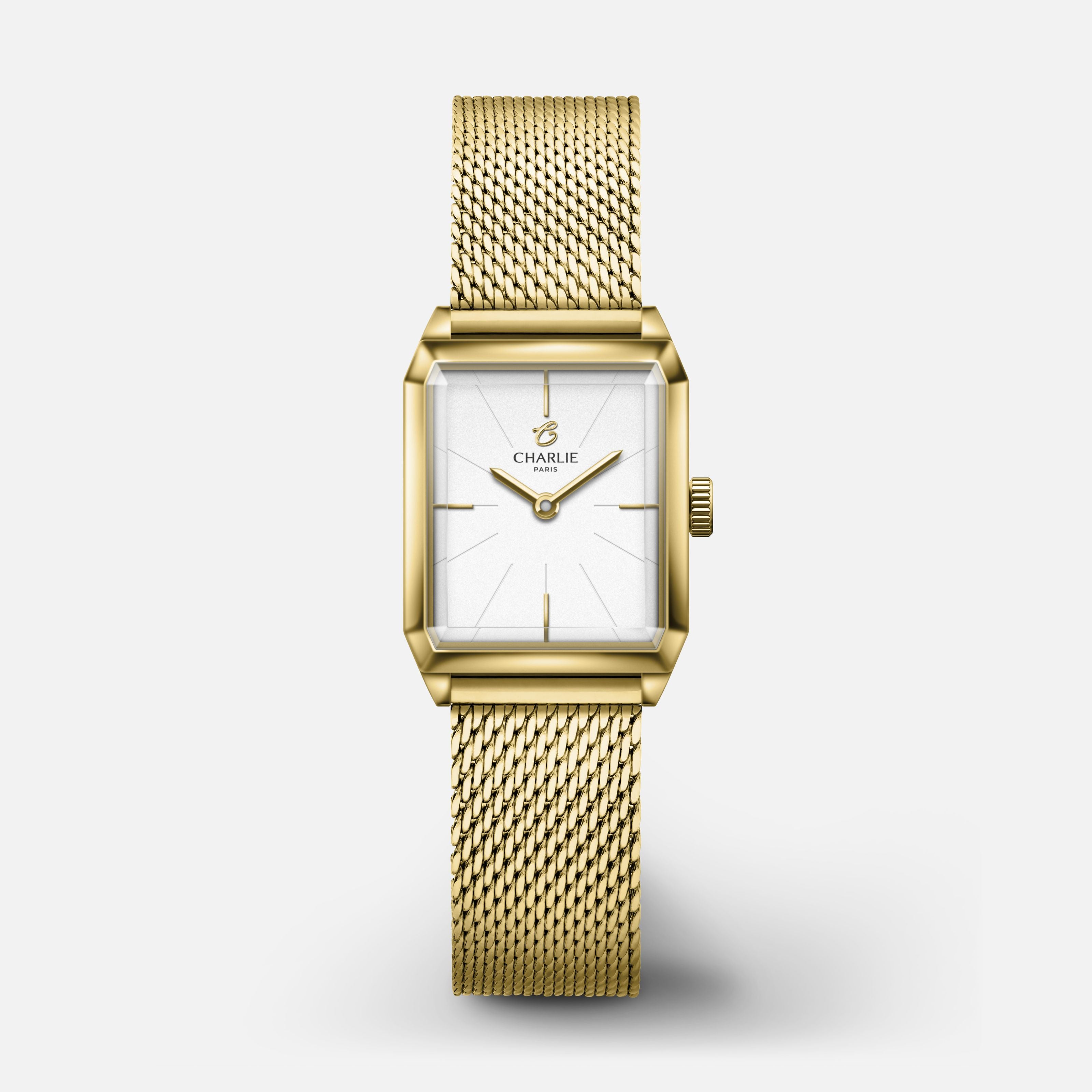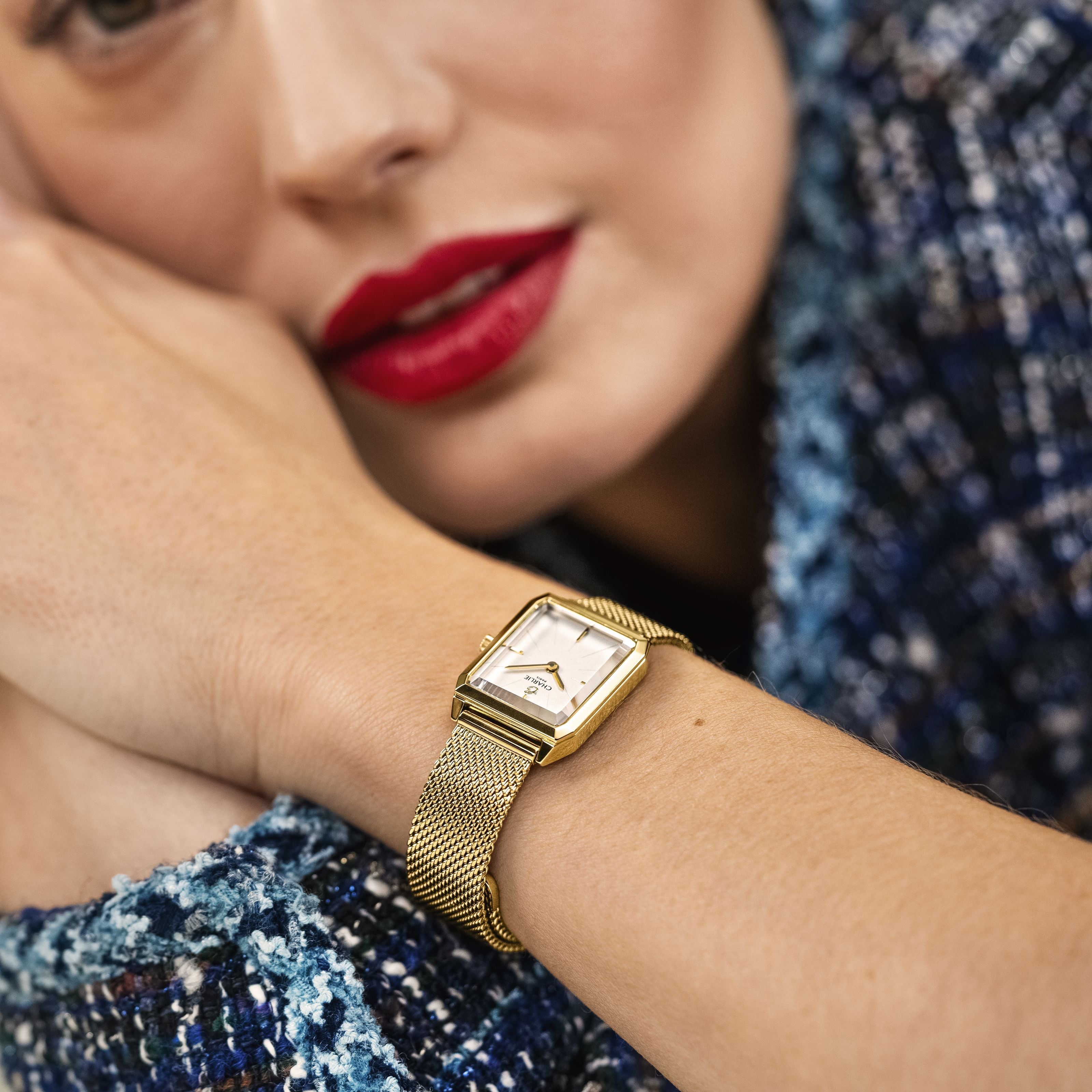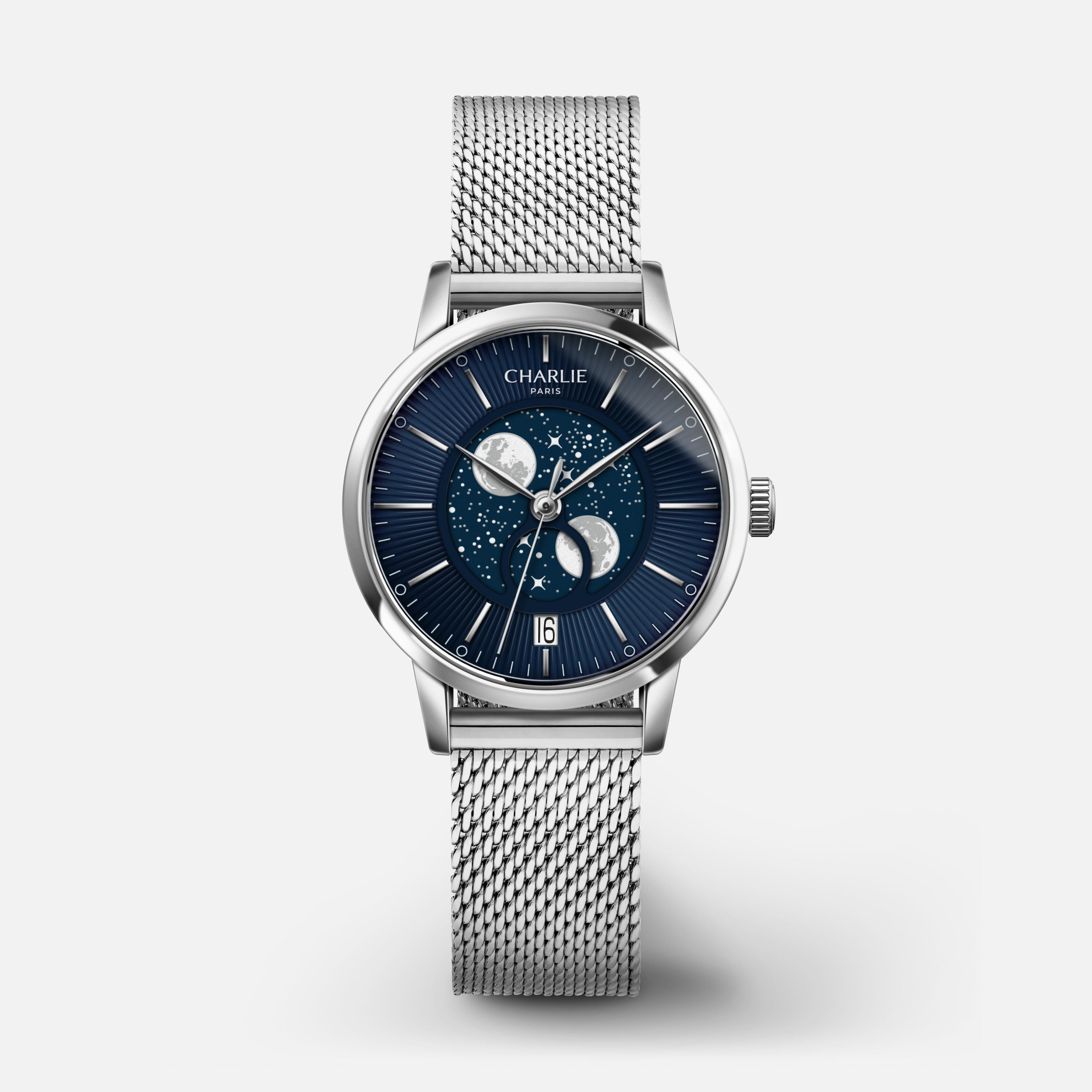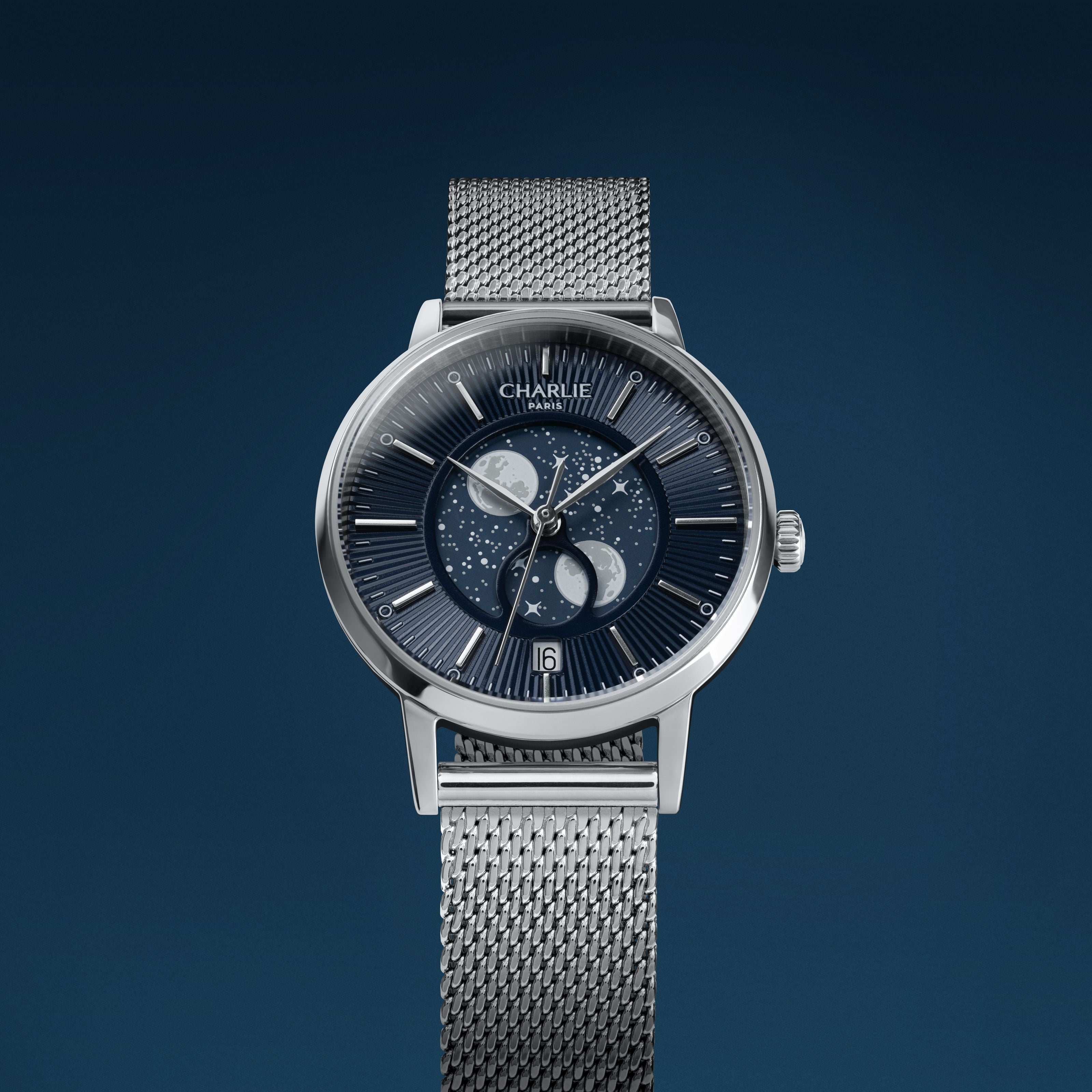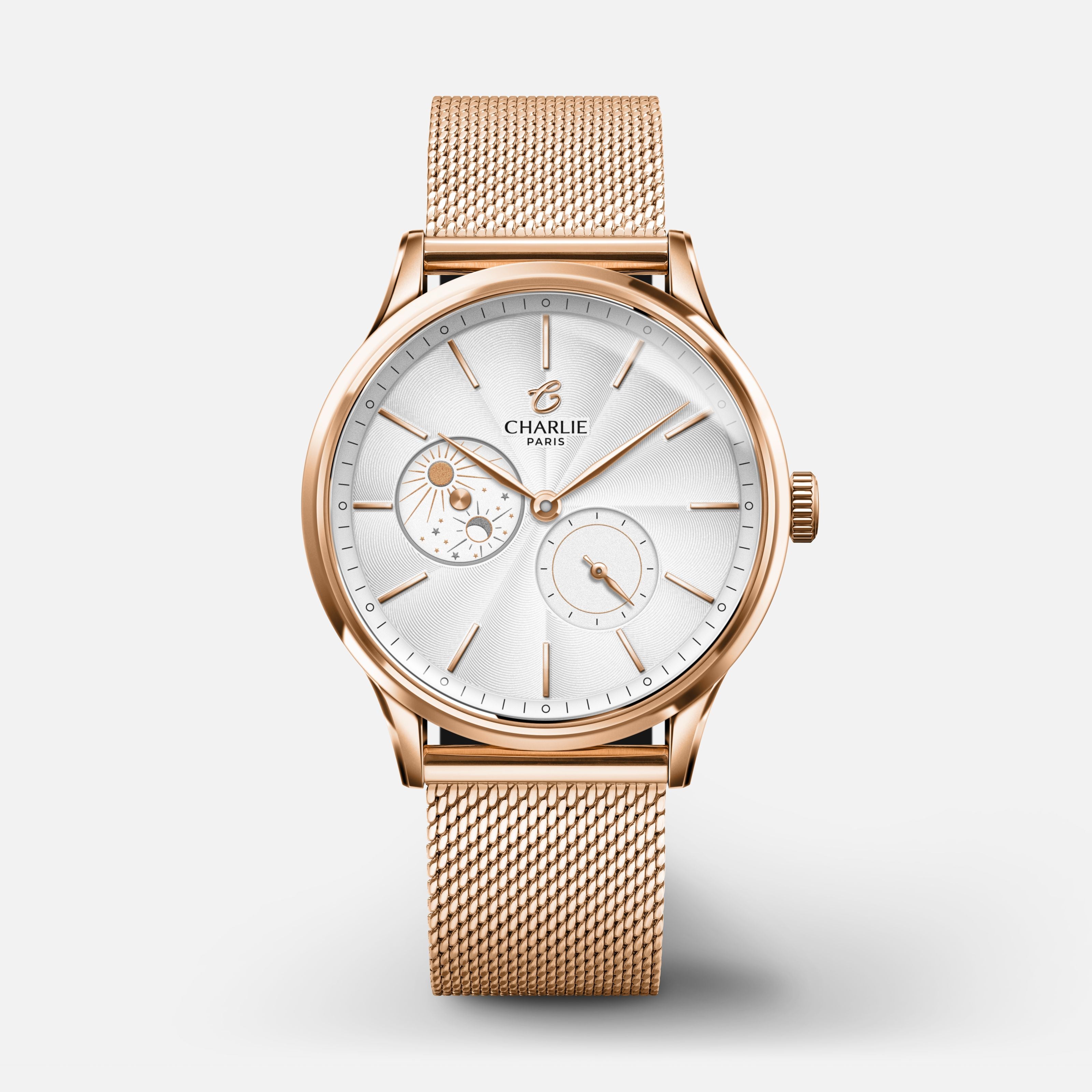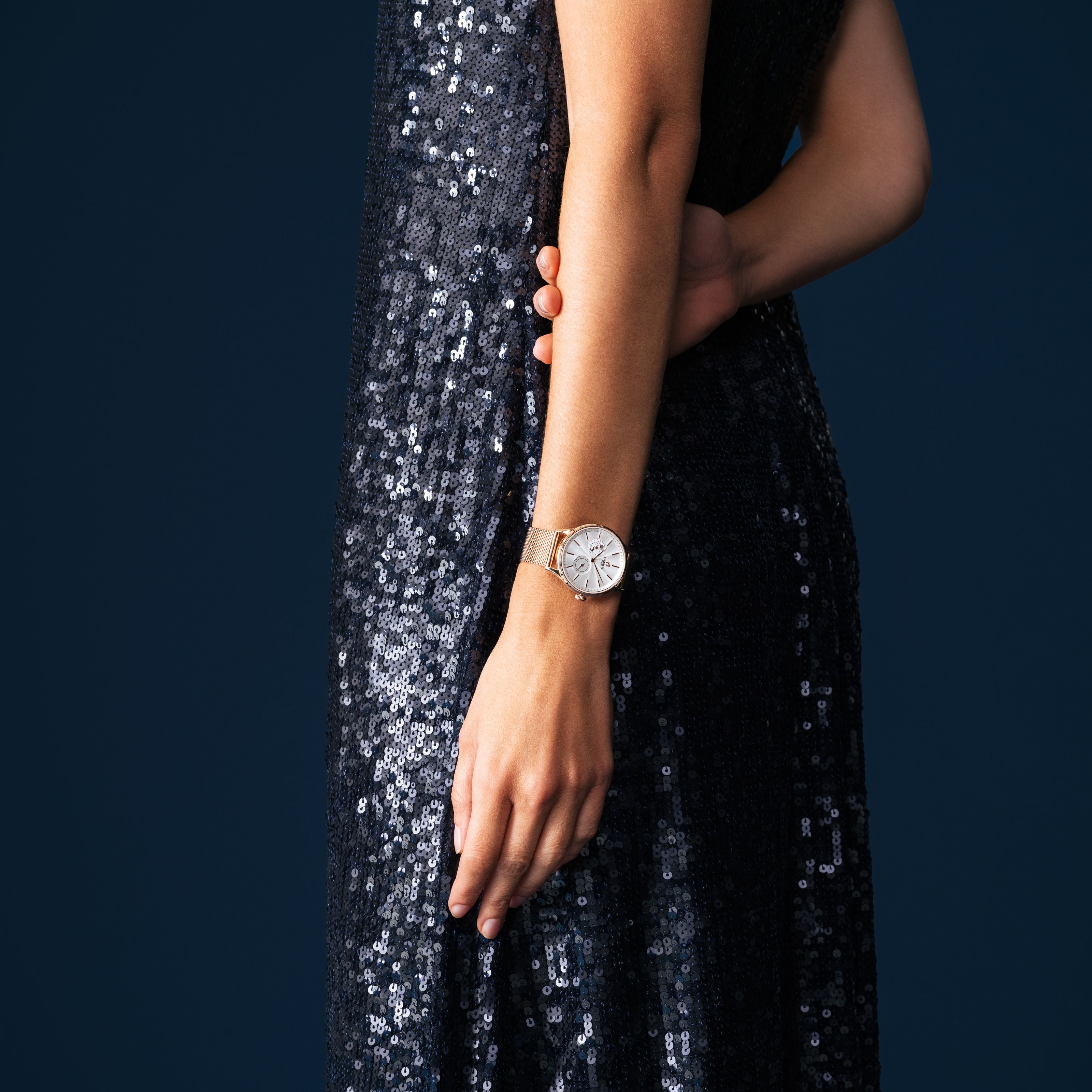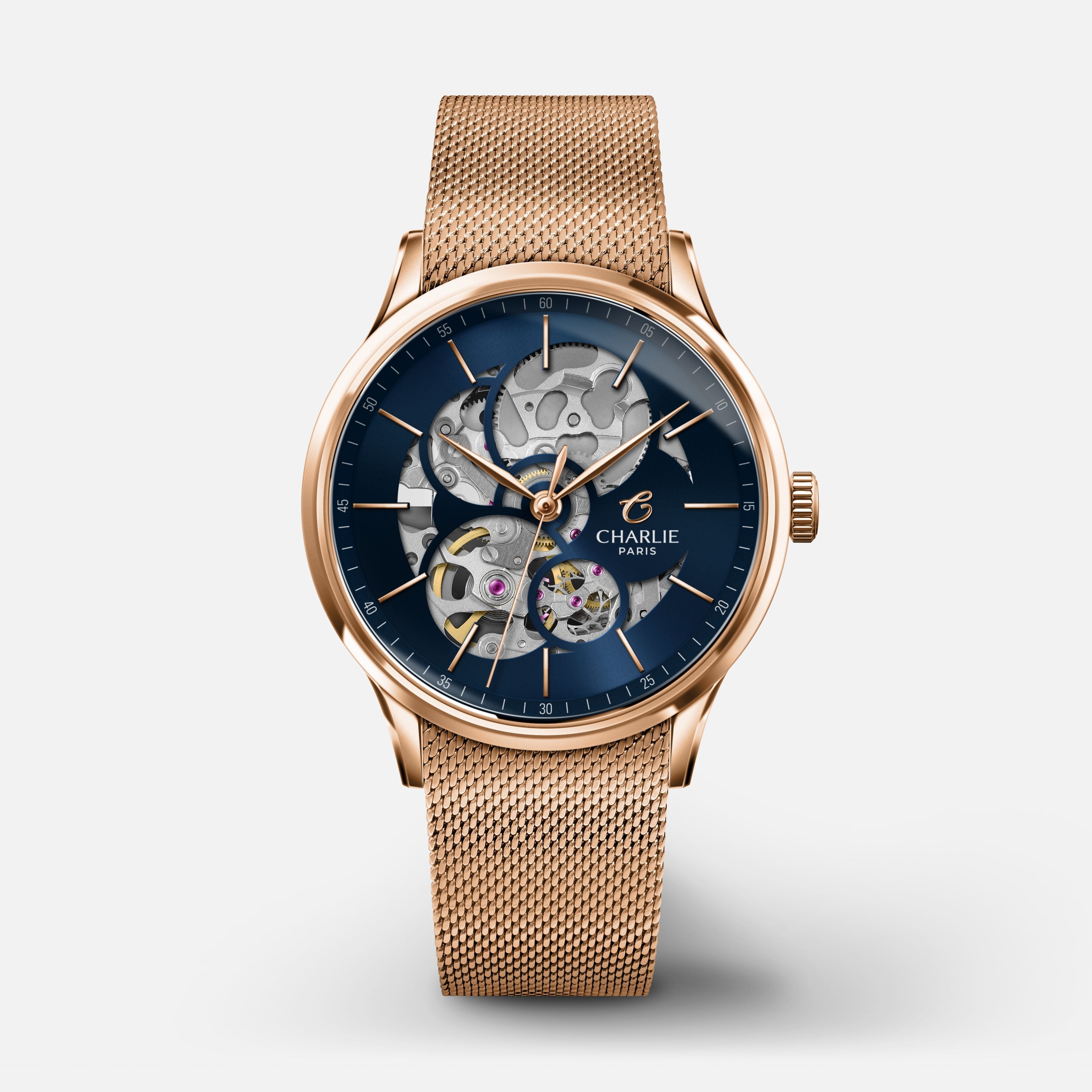The "Côte de Genève" finish is undoubtedly one of the most emblematic decorations in watchmaking. Since its introduction in the 20th century, this finish has become a true symbol of luxury and precision, and can be found on the movements of many prestigious watchmaking houses. But what exactly is the Côte de Genève finish, and why has it taken such an important place in the watchmaking world?
It is characterized by fine and regular stripes, created through a very precise and meticulous process. These stripes, called "côtes", are made on the surface of the movement, usually on the bridges or plates, in such a way as to give an attractive and luminous visual effect. In general, they are arranged in a parallel manner and follow a specific orientation, creating clean lines that catch the light from different angles. The creation of these ribs requires particular know-how, and each movement adorned with this finish is a testament to the watchmaking expertise of the brand that created it.
This finish is applied at the end of the movement machining, after the more technical manufacturing steps. It is a meticulous decorative work that aims to embellish the internal parts of the timepiece. With the rise of sapphire backs, these transparent glass backs that allow the mechanism to be admired, the Côte de Genève has gained in popularity. Indeed, it is often placed on the face of the movement which is visible through this transparent back, thus allowing the wearer to savor the beauty of the watchmaking work while wearing their watch.
The functions of the "Côte de Genève" finish. Although the main function of the Côte de Genève is aesthetic, it is not limited to simply embellishing the movement. This finish fulfills several important roles in the manufacturing process of luxury watches.
- 1. An impressive aesthetic effect
The main reason why the Côte de Genève is so sought after is its visual impact. The fine stripes create a subtle shine and play of light that adds depth and texture to the surface of the movement. This play of reflections catches the light and makes the movement stand out dramatically, accentuating the watch’s premium appearance. The visual effect is even more pronounced when the movement is viewed through a sapphire crystal caseback, an increasingly common feature in modern watches.
The ribs create a dynamic of light that draws the eye, and depending on the ambient light, the movement can reveal changing nuances. This finish gives the movement a refined and elegant appearance, highlighting the manufacturing details.
- 2. Hide manufacturing imperfections
But the "Côte de Genève" finish does not only fulfill an aesthetic function. In reality, it also serves to mask imperfections that may appear during the various stages of machining the movement. When the movement parts are machined, it is sometimes difficult to avoid small marks left by tools or machines. These traces, although tiny, can affect the appearance of the movement.
This is where the Côte de Genève finish comes into play. The ribs created by this finish cover these small imperfections, creating reliefs that camouflage the traces of machining and mechanical machining. This process not only improves the overall appearance of the movement, but also adds a touch of refinement that testifies to the care taken at each stage of manufacturing.
- 3. A guarantee of quality and watchmaking know-how
The "Côte de Genève" finish is also a guarantee of quality. Indeed, this decoration requires careful and precise work. The manufacture of movements decorated in such an elegant manner is meticulous work that requires qualified watchmakers. Consequently, a watch equipped with a movement decorated with the Côte de Genève is often perceived as a high-quality product, made with care, attention and expertise.
Prestigious watchmaking houses that choose to apply this finish demonstrate their commitment to producing exceptional watches. This is why the appearance of the Côte de Genève on the movement becomes a true marker of the watchmaking house and its quality standards.
This is the finish you can see on the mass and bridges of the C105 movement in the photo below.

At Charlie Paris, you can find this finish on the G100 and C105 movements, from our Alliance collection combining refinement and watchmaking performance. The Moon Phase embodies elegance with its perpetual moon phase mechanism, accurate over 122 years, while the Alliance 68h seduces with its G100 caliber offering a 68-hour power reserve. These two models share a neat design, with stainless steel cases, delicately textured dials and high-quality finishes. Perfect for watch enthusiasts, these creations demonstrate the know-how of the Charlie Paris house, combining tradition and innovation for unique pieces, both aesthetic and technical.
Read more
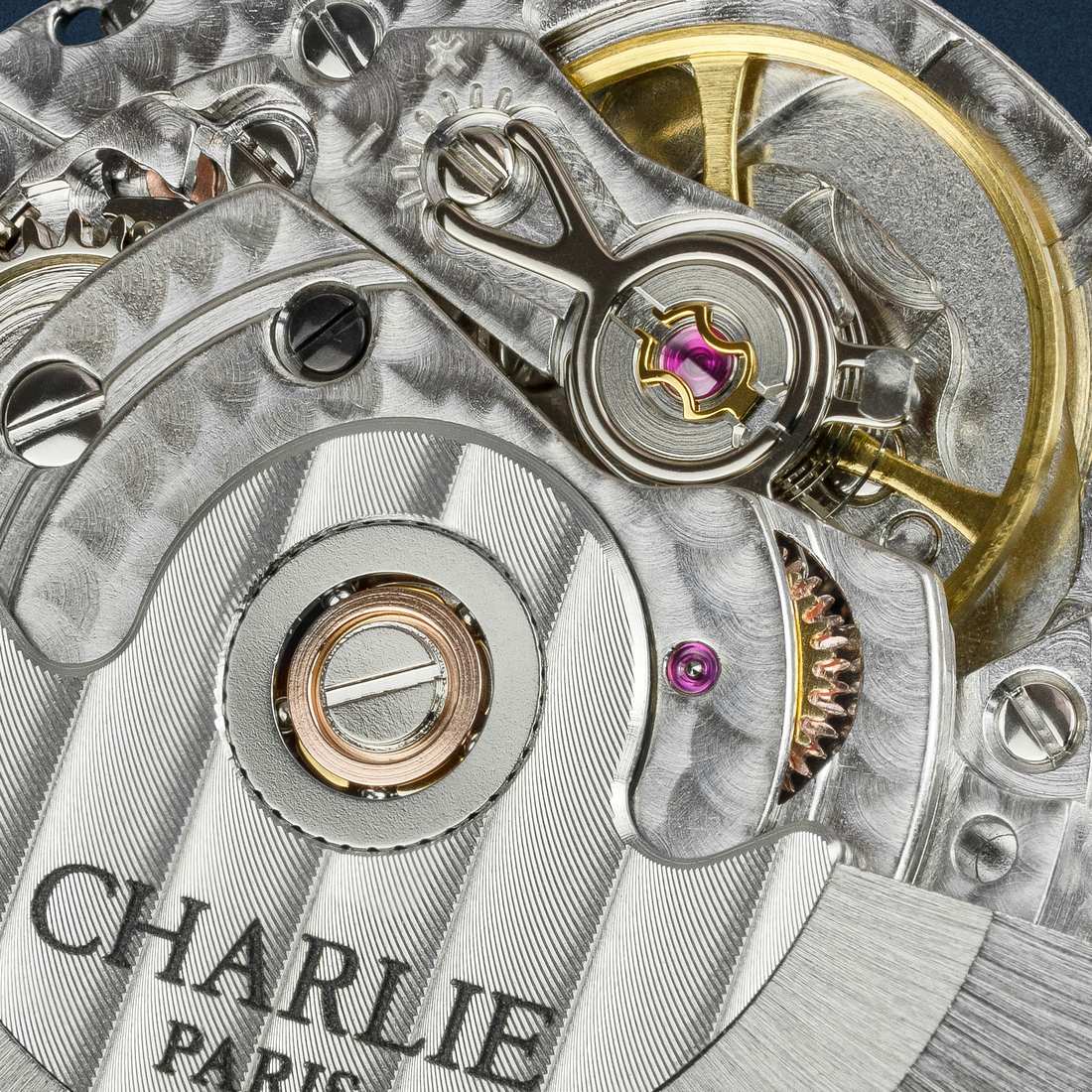
In watchmaking, the term gemstone refers to all the stones that are placed in the empty spaces of the watch movement.

In watchmaking, the term gemstone refers to all the stones that are placed in the empty spaces of the watch movement.


